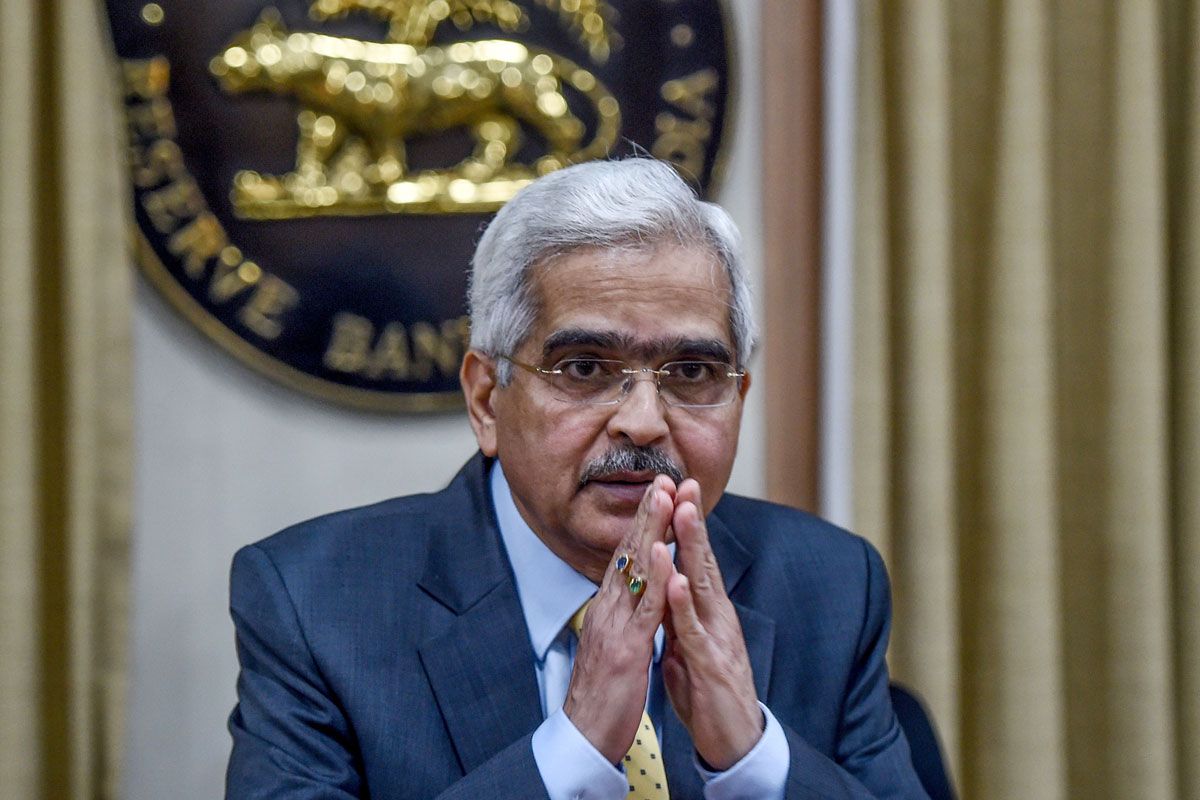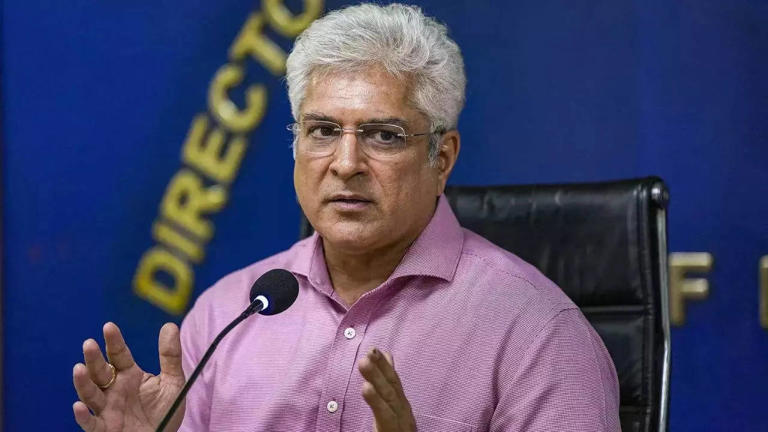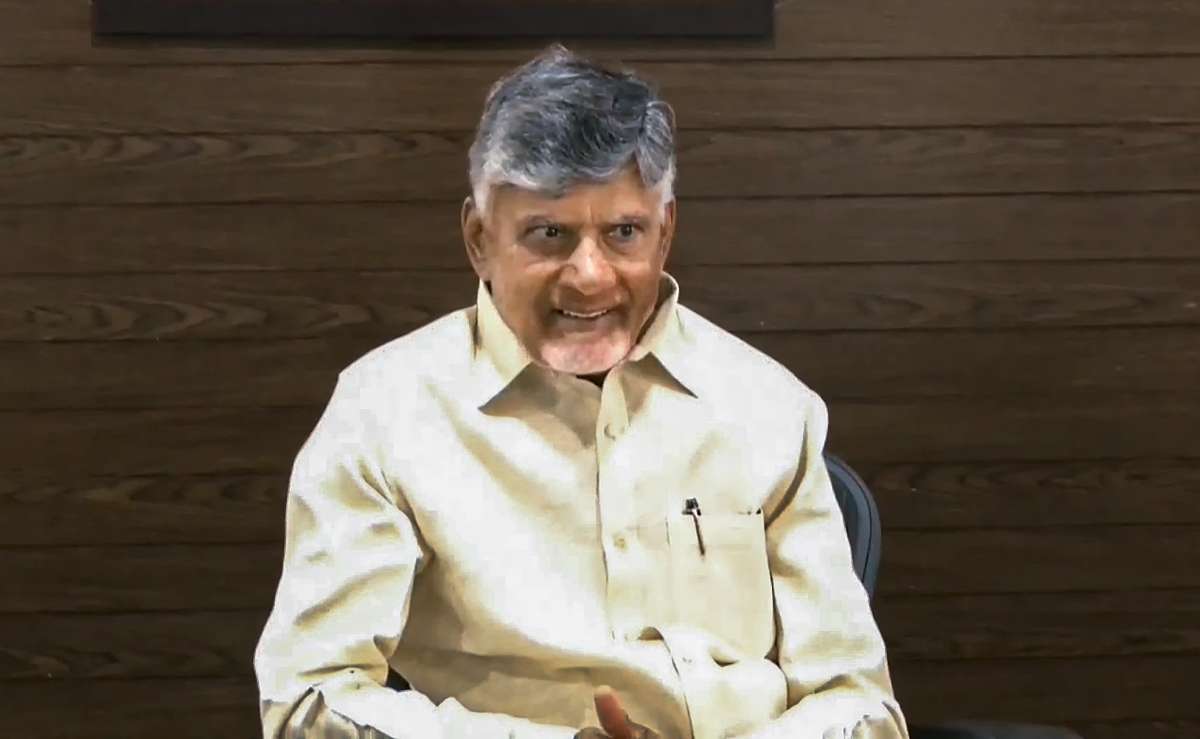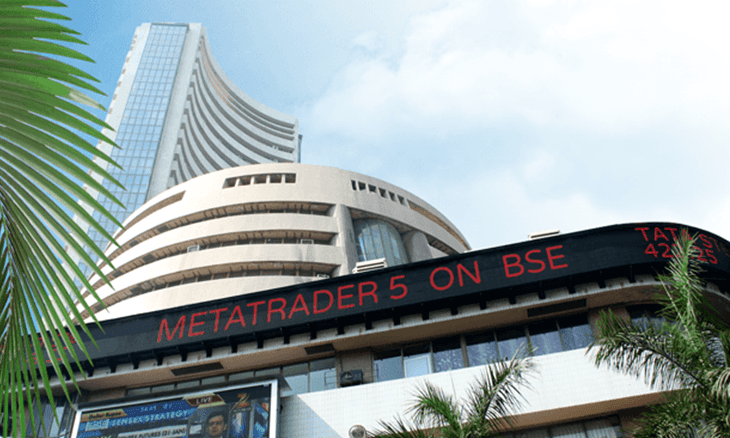Home / delhi / Will November Bring Relief from Delhi's Scorching
Will November Bring Relief from Delhi's Scorching
By: My India Times
5 minutes read 33Updated At: 2024-11-06
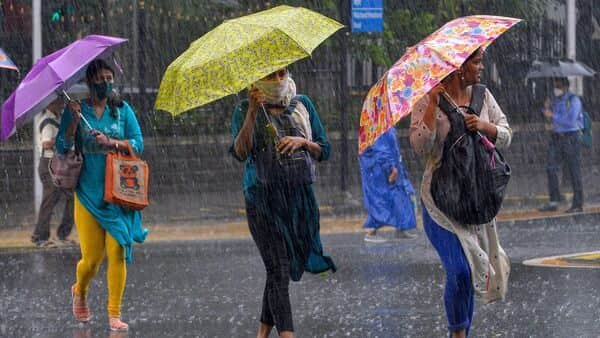
After enduring a month of unprecedented temperatures, Delhi’s residents are hoping for a much-needed respite from the relentless heat. October 2024 saw record-breaking heat, making it the hottest in the capital in over seven decades, with maximum temperatures touching 36.2°C. As November ushers in, the India Meteorological Department (IMD) offers a forecast that promises a welcome change—but with a few unexpected twists.
A Welcome Drop in Daytime Temperatures, But Not for the Nights
According to IMD forecasts, Delhi will experience a shift in weather patterns starting this November, with daytime temperatures expected to dip below the seasonal average. This could mean more bearable afternoons for the city’s residents, who have had to endure sweltering temperatures in the preceding months.
However, the anticipated relief may not be as extensive as expected. While the days could see cooler temperatures, the nights are likely to remain warmer than usual. IMD predicts that minimum temperatures will hover above normal, maintaining the relatively mild warmth through the night, which might affect those who are accustomed to Delhi’s typically cooler November evenings.
Unusual Weather Patterns for November: A Deviation from the Norm
November usually brings a more balanced and pleasant climate to Delhi, with maximum temperatures averaging around 28°C and the minimum ranging from 13°C to 14°C. But this year, the weather department has noted a significant deviation from the norm. The city’s early November weather is showing unusual warmth at night, which could be attributed to a variety of atmospheric factors—including global climate shifts.
While the IMD predicts a slight drop in day temperatures, the persistent warmth during the evenings has raised concerns, particularly regarding energy use and increased demand for cooling. This imbalance could affect daily routines and the comfort level of the city's residents, especially with the long-standing expectation of cooler nights in November.
National Weather Outlook: Mixed Bag for India
The national weather forecast for November offers a broad picture of varied climate scenarios across the country. While Delhi may witness a dip in its daytime temperatures, other regions are seeing different trends:
South Peninsular India: Forecasts indicate above-normal rainfall in several southern regions, including Tamil Nadu, Puducherry, Coastal Andhra Pradesh, and South Interior Karnataka. These areas are expected to see rainfall that exceeds 123% of the Long Period Average (LPA), likely due to a persistent weather system in the Bay of Bengal. This could bring much-needed water to parched regions but may also lead to localized flooding in some areas.
Northwest and Central India: For parts of northwest and central India, IMD anticipates below-normal rainfall. The lack of significant rainfall could worsen ongoing drought conditions in certain areas, making water conservation efforts crucial.
Temperatures Across the Country: The forecast predicts above-normal maximum temperatures in parts of northeast and east-central India, with certain regions in Peninsular India also experiencing warmer-than-usual daytime highs. On the flip side, some areas in the west-central part of India may see maximum temperatures below normal, which could provide relief to residents there.
Night Temperatures: Across most parts of the country, night temperatures are expected to remain higher than usual. This could mean uncomfortable nights in regions where people rely on cooler evenings for respite from the heat.
Hottest October in 73 Years: A Wake-Up Call
As Delhi enters November, the sting of the record-breaking October heat still lingers. October’s temperatures in Delhi hit a staggering 36.2°C, the highest since 1951. Safdarjung, the city’s weather station, recorded a maximum of 35.1°C and a minimum of 21.2°C—both well above the average for the month.
The significant rise in temperatures over the past few months has raised alarms about the growing impact of global warming on India’s climate. Climate experts point to these record highs as clear indicators of an intensifying environmental crisis that could have long-term implications for the city’s ecology, infrastructure, and daily life. This is not just a one-off weather event but part of a broader trend of rising temperatures in urban areas across the globe.
Experts stress that cities like Delhi must brace for more extreme weather events in the coming years, driven by rising emissions, deforestation, and urbanization. In fact, the drastic temperature shifts between seasons—such as the one being experienced this year—are becoming more frequent, leaving little room for complacency.
The Impact of Rising Temperatures: A Complex Challenge for Delhi
Delhi’s residents are already feeling the weight of the climate crisis, and the prolonged heatwaves in October have only intensified the issue. The public health impact of rising temperatures is undeniable, as heat-related illnesses become more common and air quality deteriorates. The high temperatures, coupled with increased vehicular emissions and stubble burning, have worsened the city’s air quality, contributing to hazardous pollution levels.
As November progresses, residents might enjoy a temporary respite from the searing heat, but the overall weather unpredictability indicates that Delhi will need to remain vigilant. The city’s infrastructure, healthcare systems, and residents’ adaptability will be tested as it faces the ongoing challenges of air pollution, heatwaves, and shifting rainfall patterns.
Looking Ahead: Climate Resilience and Adaptability
The forecast for November is a reminder of how climate change is rapidly altering the weather patterns across India. While Delhi’s residents might welcome the cooler daytime temperatures, the warmer nights signal that adaptation is needed at all levels—whether in urban planning, public health, or lifestyle choices. The city’s efforts to reduce emissions, increase green spaces, and improve public infrastructure will play a critical role in preparing for the challenges ahead.
In the coming months, experts urge that both policy makers and residents embrace strategies to address the growing climate crisis—from reducing carbon footprints to improving water management systems. Only through collective action can Delhi—and cities across India—safeguard their future against increasingly erratic weather conditions.
....After enduring a month of unprecedented temperatures, Delhi’s residents are hoping for a much-needed respite from the relentless heat. October 2024 saw record-breaking heat, making it the hottest in the capital in over seven decades, with maximum temperatures touching 36.2°C. As November ushers in, the India Meteorological Department (IMD) offers a forecast that promises a welcome change—but with a few unexpected twists.
A Welcome Drop in Daytime Temperatures, But Not for the Nights
According to IMD forecasts, Delhi will experience a shift in weather patterns starting this November, with daytime temperatures expected to dip below the seasonal average. This could mean more bearable afternoons for the city’s residents, who have had to endure sweltering temperatures in the preceding months.
However, the anticipated relief may not be as extensive as expected. While the days could see cooler temperatures, the nights are likely to remain warmer than usual. IMD predicts that minimum temperatures will hover above normal, maintaining the relatively mild warmth through the night, which might affect those who are accustomed to Delhi’s typically cooler November evenings.
Unusual Weather Patterns for November: A Deviation from the Norm
November usually brings a more balanced and pleasant climate to Delhi, with maximum temperatures averaging around 28°C and the minimum ranging from 13°C to 14°C. But this year, the weather department has noted a significant deviation from the norm. The city’s early November weather is showing unusual warmth at night, which could be attributed to a variety of atmospheric factors—including global climate shifts.
While the IMD predicts a slight drop in day temperatures, the persistent warmth during the evenings has raised concerns, particularly regarding energy use and increased demand for cooling. This imbalance could affect daily routines and the comfort level of the city's residents, especially with the long-standing expectation of cooler nights in November.
National Weather Outlook: Mixed Bag for India
The national weather forecast for November offers a broad picture of varied climate scenarios across the country. While Delhi may witness a dip in its daytime temperatures, other regions are seeing different trends:
South Peninsular India: Forecasts indicate above-normal rainfall in several southern regions, including Tamil Nadu, Puducherry, Coastal Andhra Pradesh, and South Interior Karnataka. These areas are expected to see rainfall that exceeds 123% of the Long Period Average (LPA), likely due to a persistent weather system in the Bay of Bengal. This could bring much-needed water to parched regions but may also lead to localized flooding in some areas.
Northwest and Central India: For parts of northwest and central India, IMD anticipates below-normal rainfall. The lack of significant rainfall could worsen ongoing drought conditions in certain areas, making water conservation efforts crucial.
Temperatures Across the Country: The forecast predicts above-normal maximum temperatures in parts of northeast and east-central India, with certain regions in Peninsular India also experiencing warmer-than-usual daytime highs. On the flip side, some areas in the west-central part of India may see maximum temperatures below normal, which could provide relief to residents there.
Night Temperatures: Across most parts of the country, night temperatures are expected to remain higher than usual. This could mean uncomfortable nights in regions where people rely on cooler evenings for respite from the heat.
Hottest October in 73 Years: A Wake-Up Call
As Delhi enters November, the sting of the record-breaking October heat still lingers. October’s temperatures in Delhi hit a staggering 36.2°C, the highest since 1951. Safdarjung, the city’s weather station, recorded a maximum of 35.1°C and a minimum of 21.2°C—both well above the average for the month.
The significant rise in temperatures over the past few months has raised alarms about the growing impact of global warming on India’s climate. Climate experts point to these record highs as clear indicators of an intensifying environmental crisis that could have long-term implications for the city’s ecology, infrastructure, and daily life. This is not just a one-off weather event but part of a broader trend of rising temperatures in urban areas across the globe.
Experts stress that cities like Delhi must brace for more extreme weather events in the coming years, driven by rising emissions, deforestation, and urbanization. In fact, the drastic temperature shifts between seasons—such as the one being experienced this year—are becoming more frequent, leaving little room for complacency.
The Impact of Rising Temperatures: A Complex Challenge for Delhi
Delhi’s residents are already feeling the weight of the climate crisis, and the prolonged heatwaves in October have only intensified the issue. The public health impact of rising temperatures is undeniable, as heat-related illnesses become more common and air quality deteriorates. The high temperatures, coupled with increased vehicular emissions and stubble burning, have worsened the city’s air quality, contributing to hazardous pollution levels.
As November progresses, residents might enjoy a temporary respite from the searing heat, but the overall weather unpredictability indicates that Delhi will need to remain vigilant. The city’s infrastructure, healthcare systems, and residents’ adaptability will be tested as it faces the ongoing challenges of air pollution, heatwaves, and shifting rainfall patterns.
Looking Ahead: Climate Resilience and Adaptability
The forecast for November is a reminder of how climate change is rapidly altering the weather patterns across India. While Delhi’s residents might welcome the cooler daytime temperatures, the warmer nights signal that adaptation is needed at all levels—whether in urban planning, public health, or lifestyle choices. The city’s efforts to reduce emissions, increase green spaces, and improve public infrastructure will play a critical role in preparing for the challenges ahead.
In the coming months, experts urge that both policy makers and residents embrace strategies to address the growing climate crisis—from reducing carbon footprints to improving water management systems. Only through collective action can Delhi—and cities across India—safeguard their future against increasingly erratic weather conditions.
By: My India Times
Updated At: 2024-11-06
Tags: delhi News | My India Times News | Trending News | Travel News
Join our WhatsApp Channel




.webp)





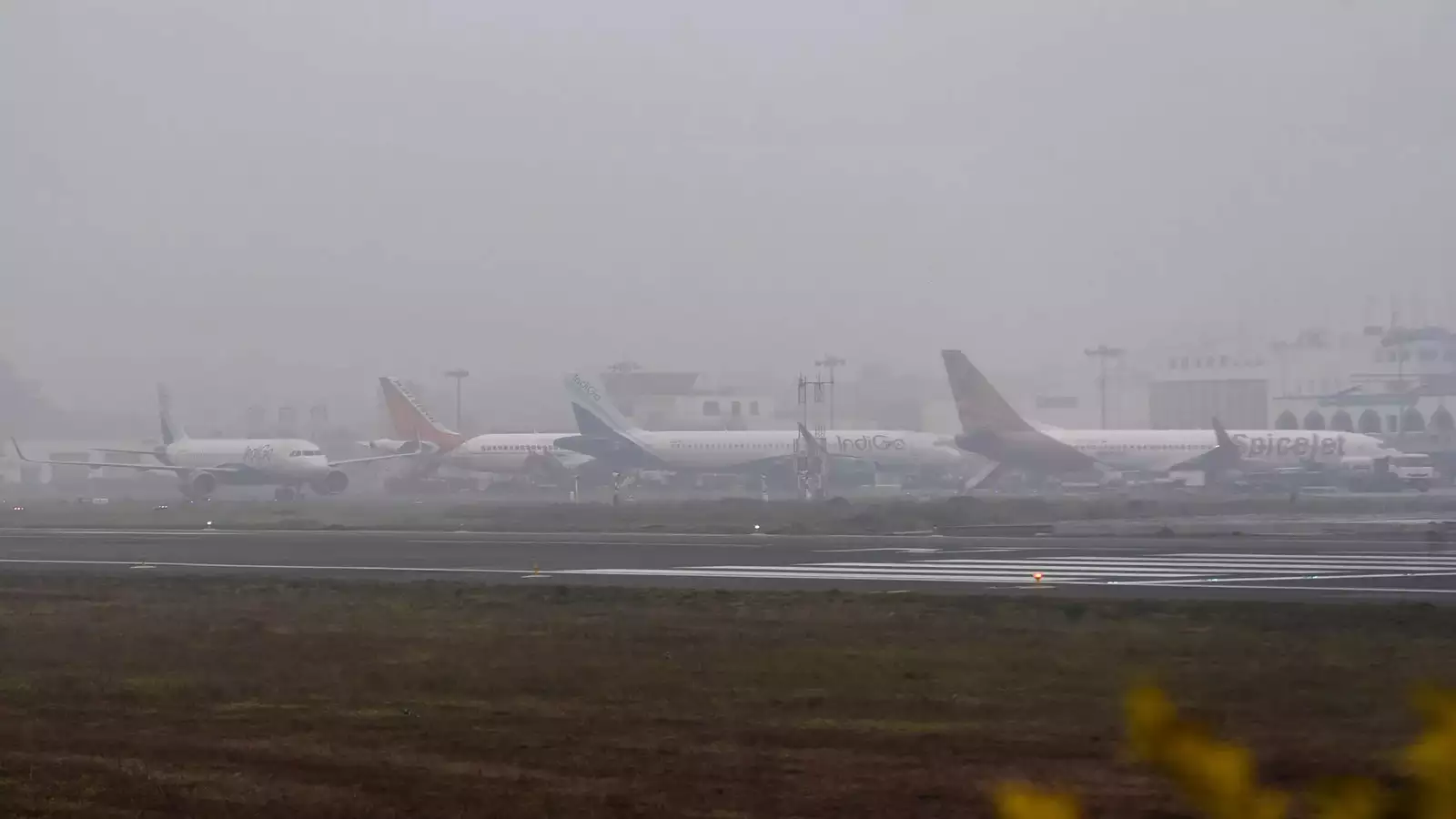
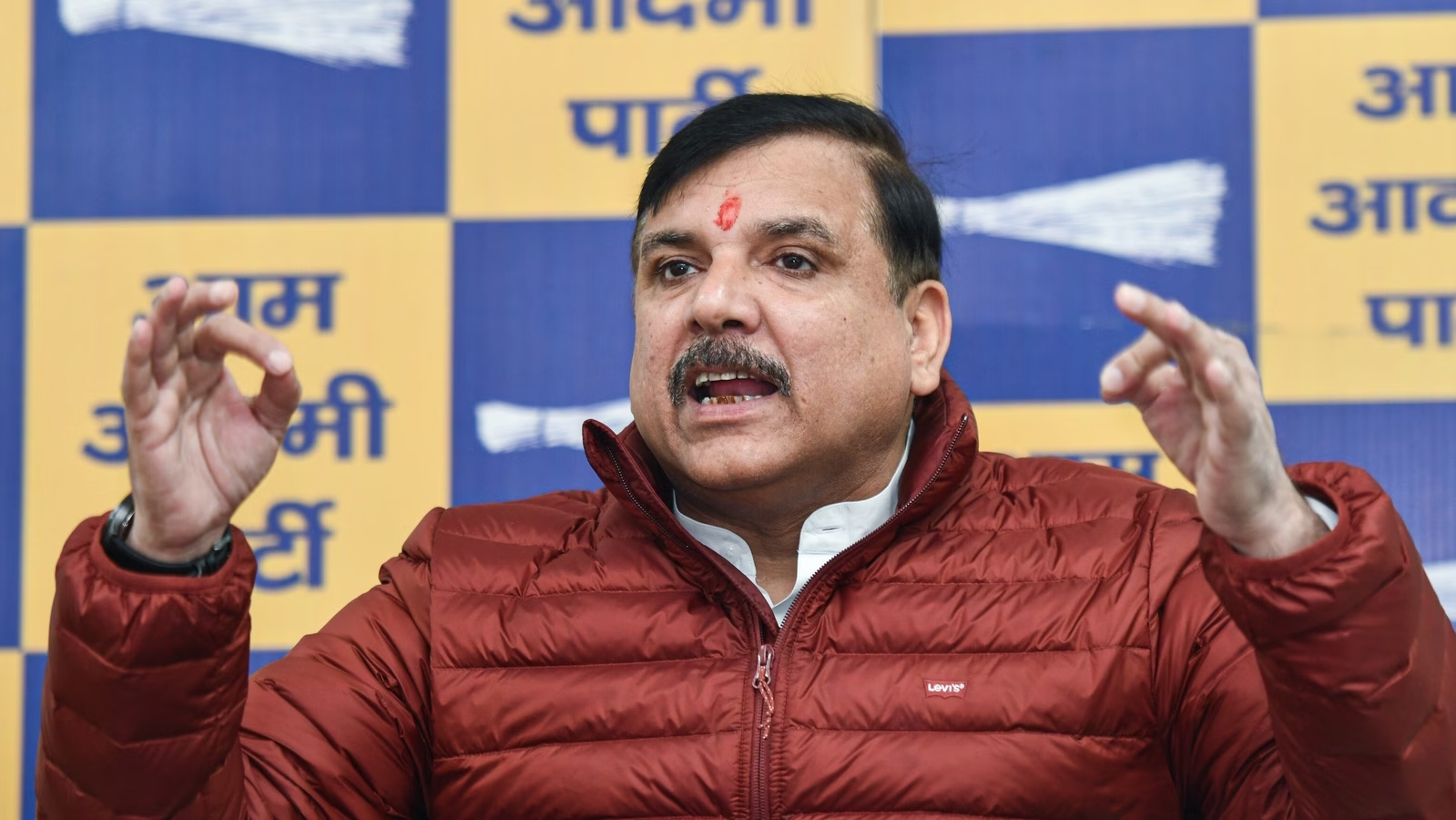
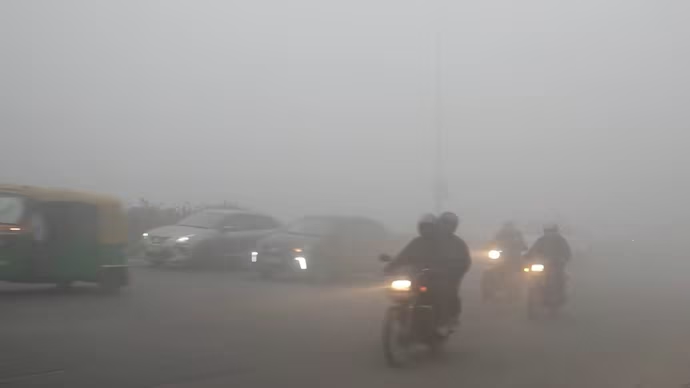
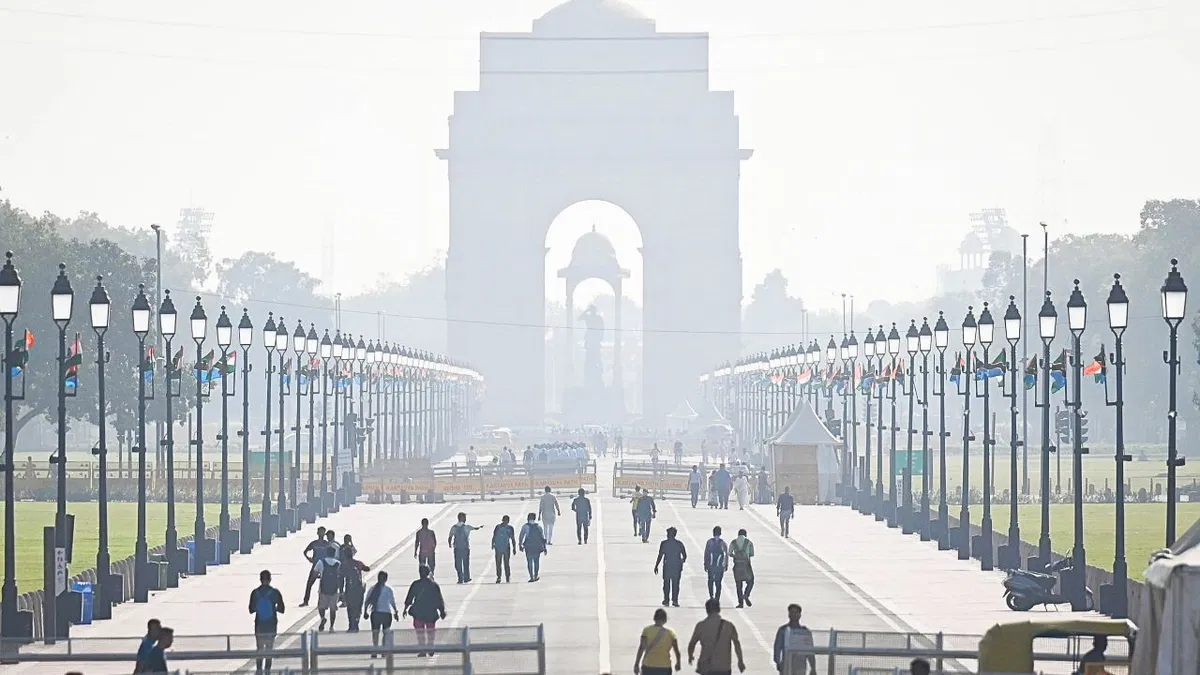
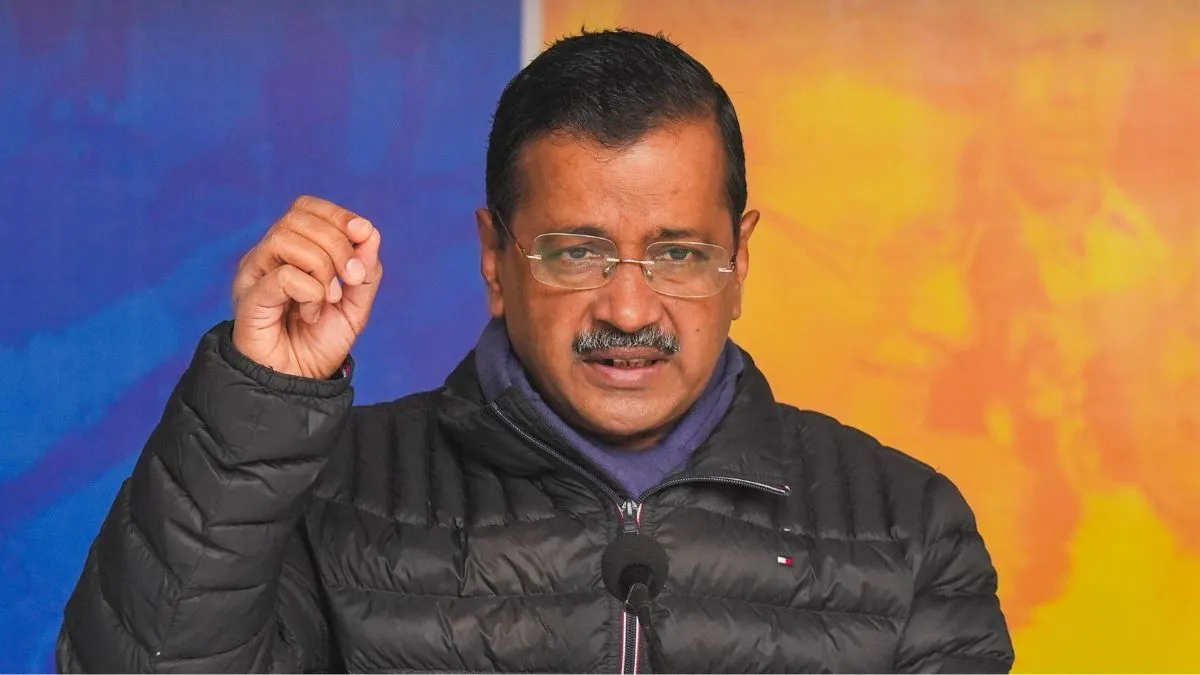
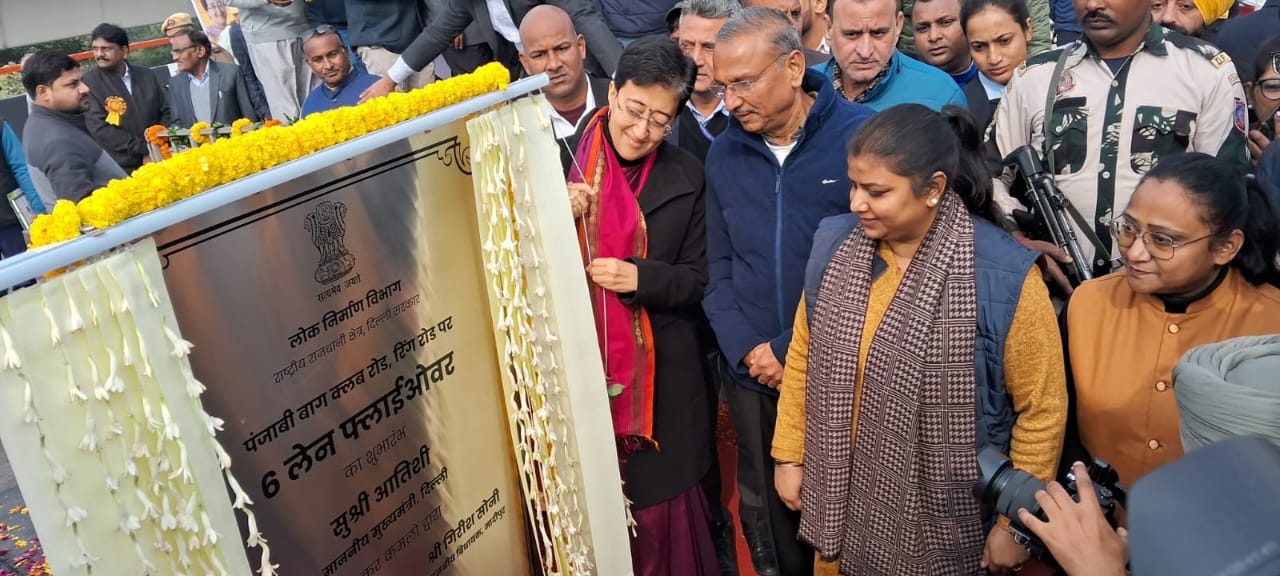
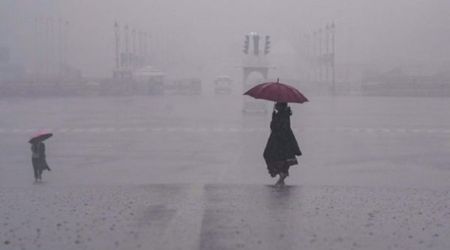
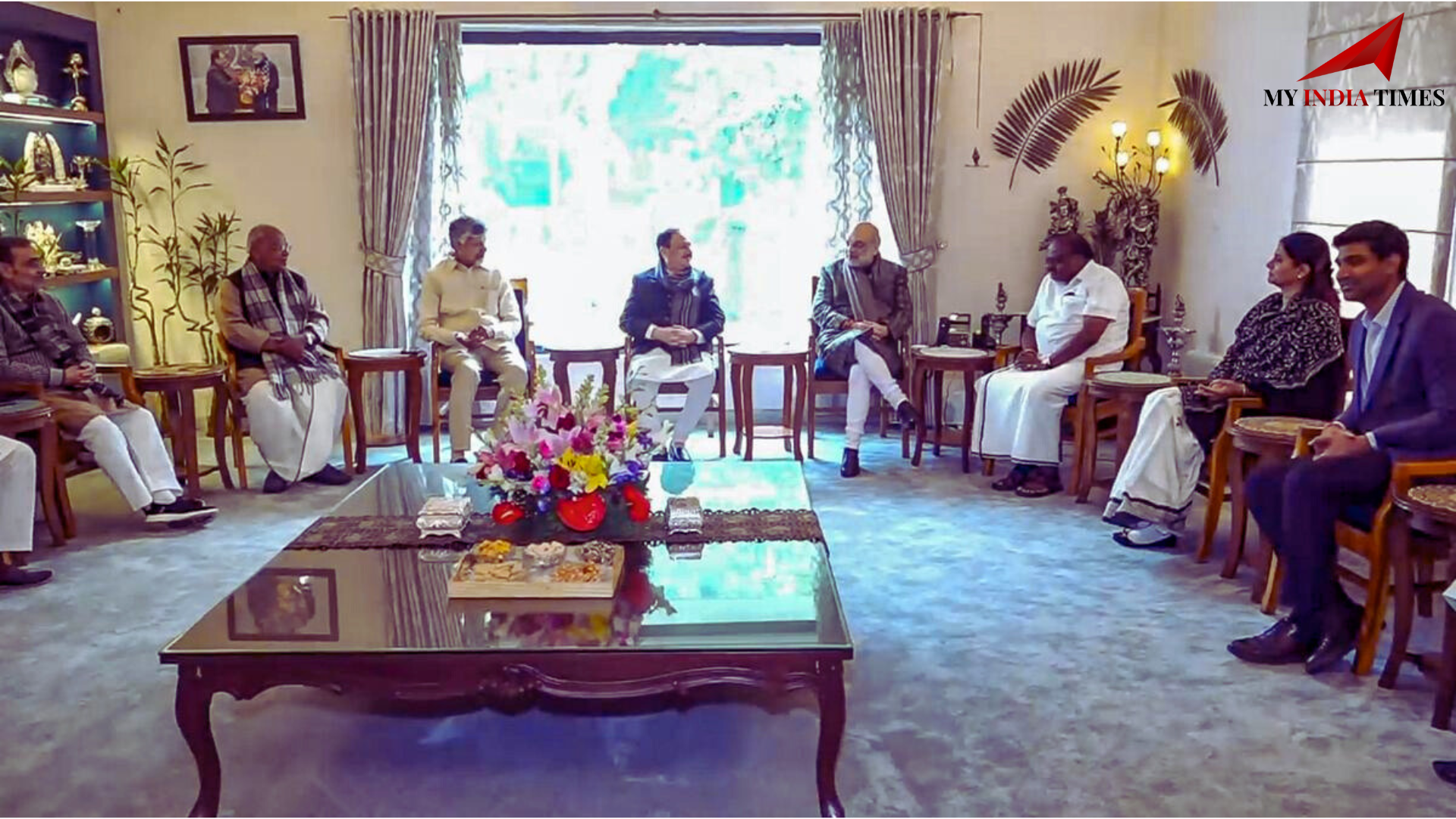


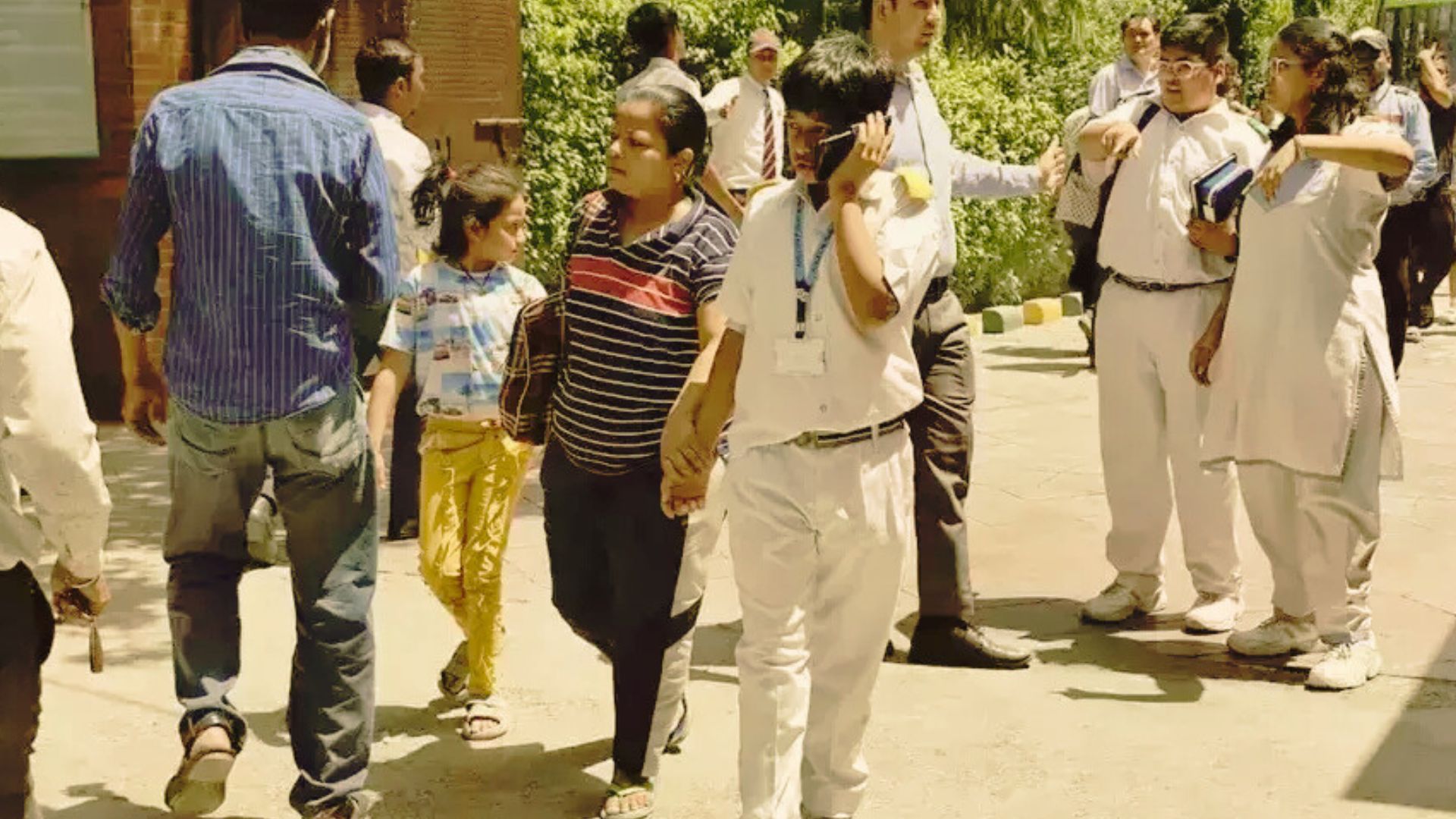
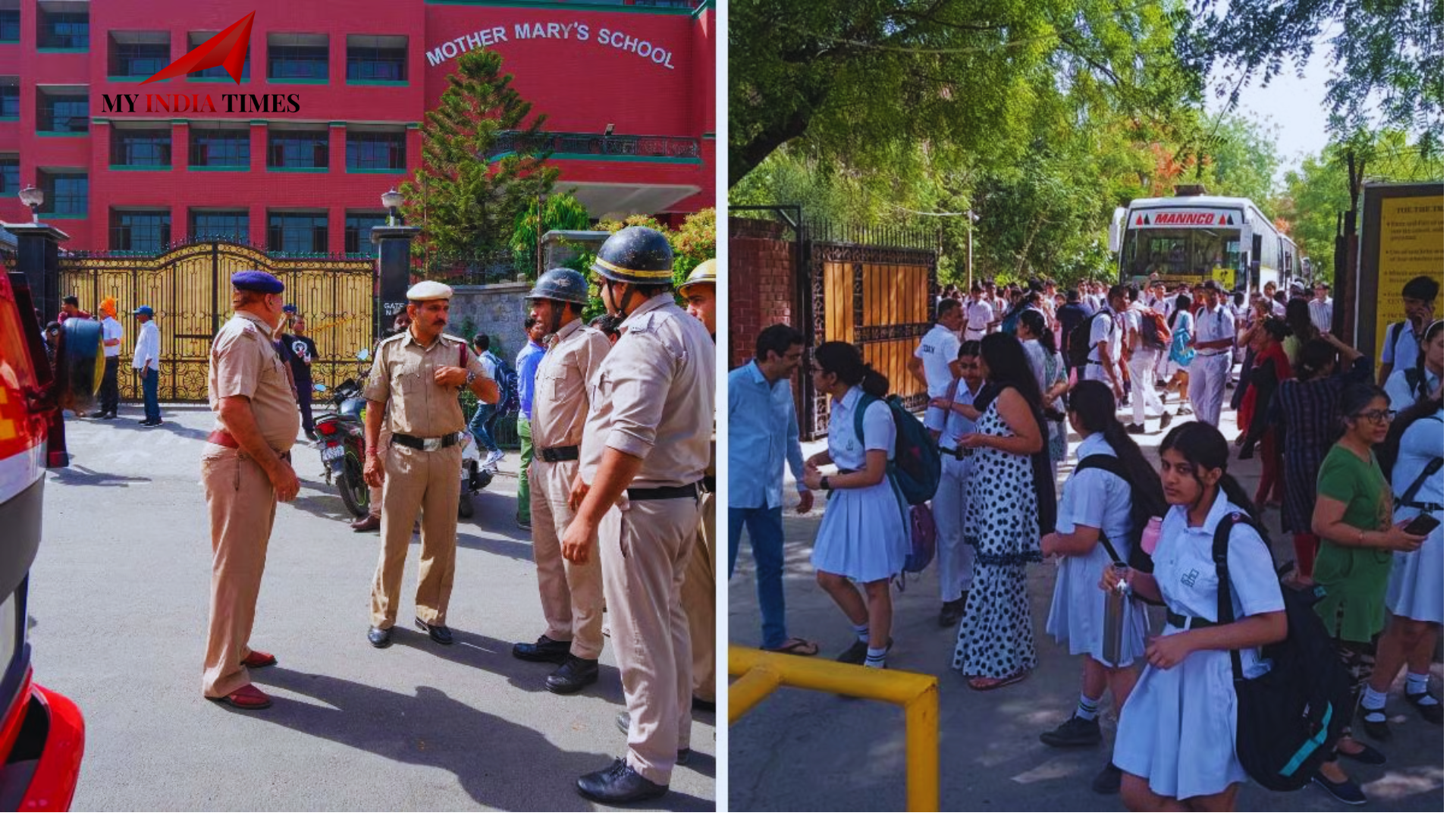

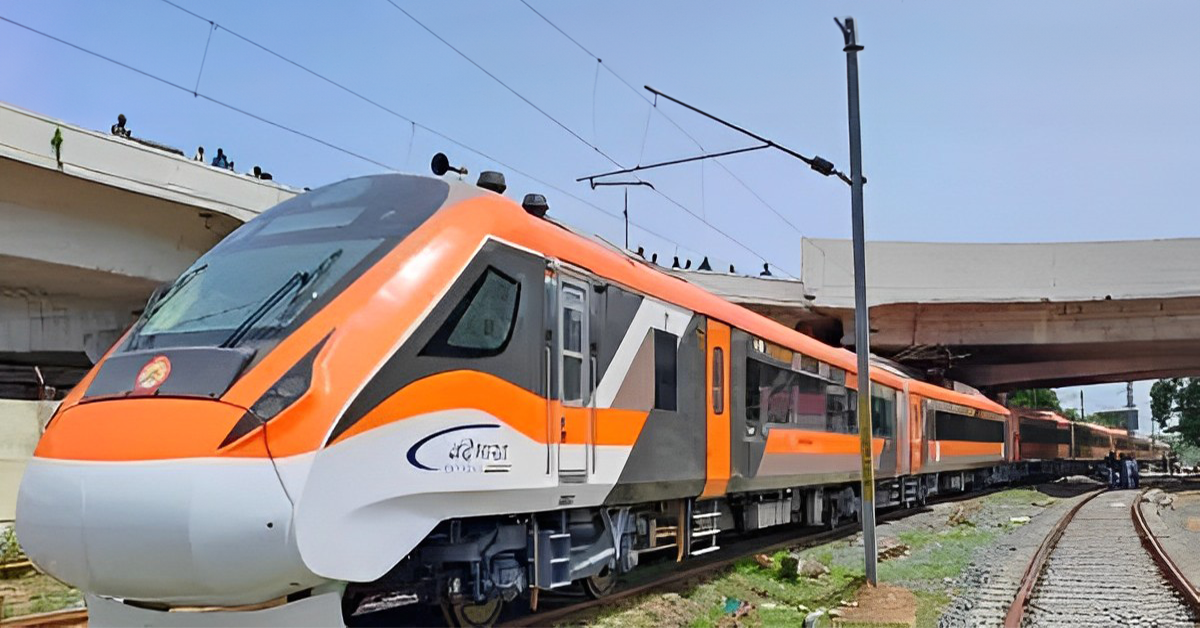
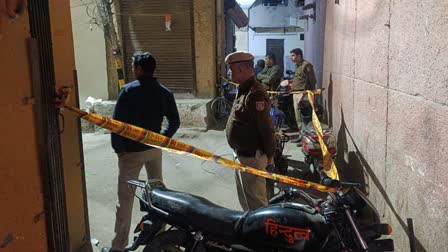
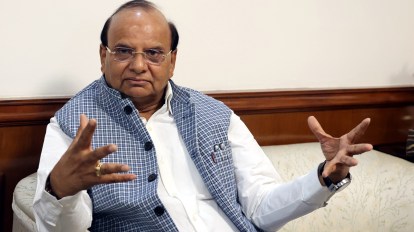

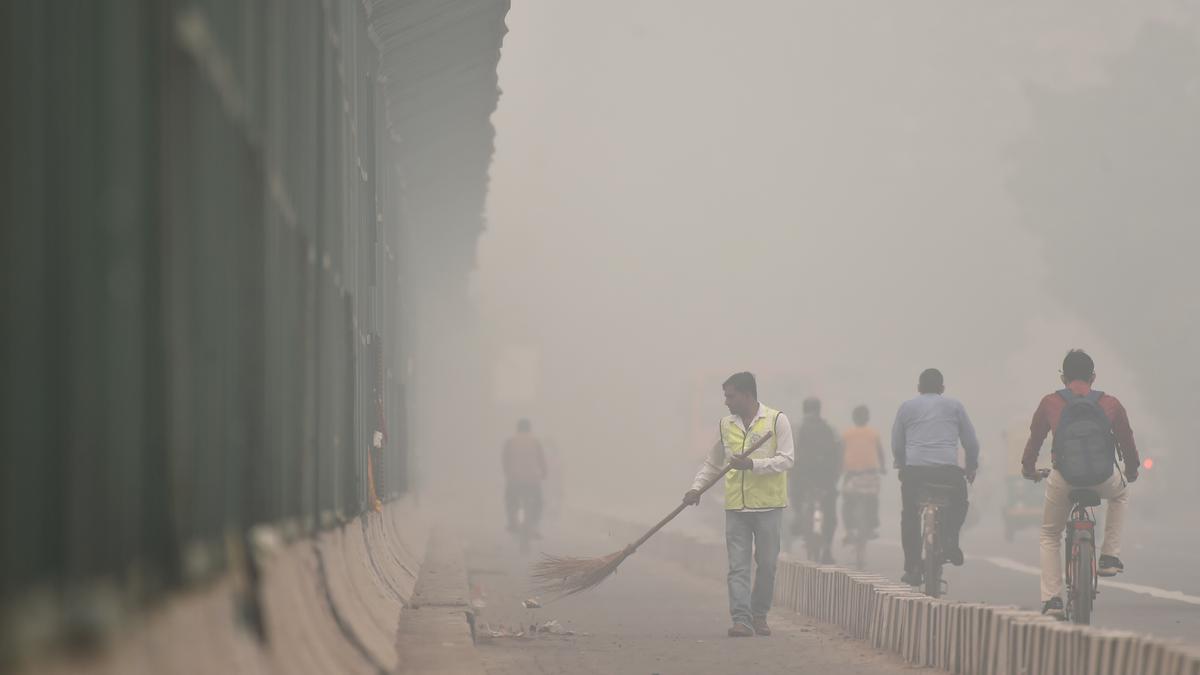
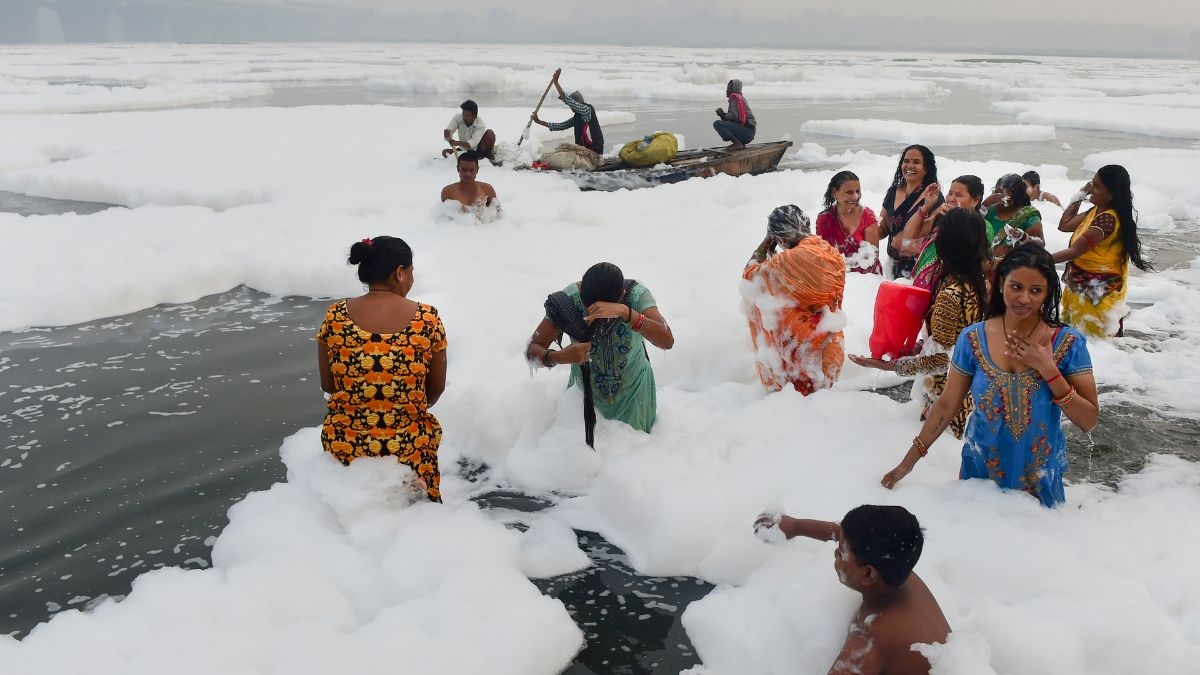


















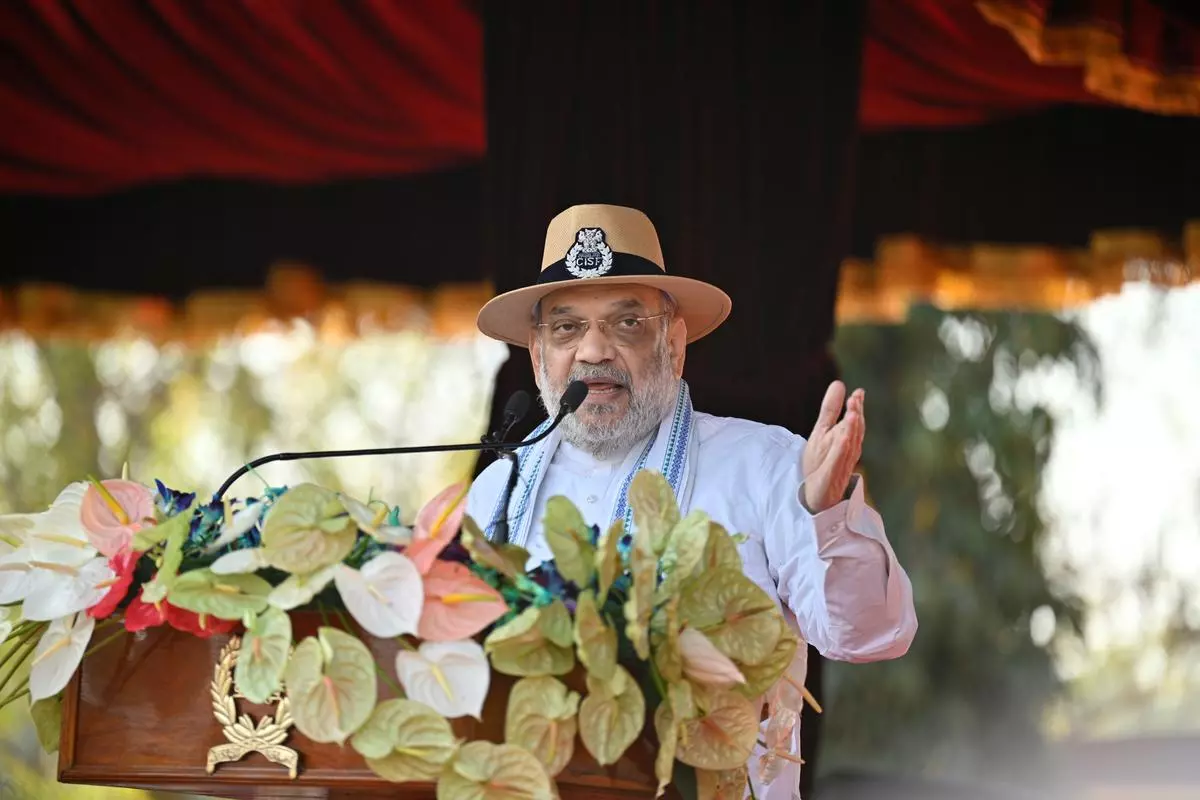





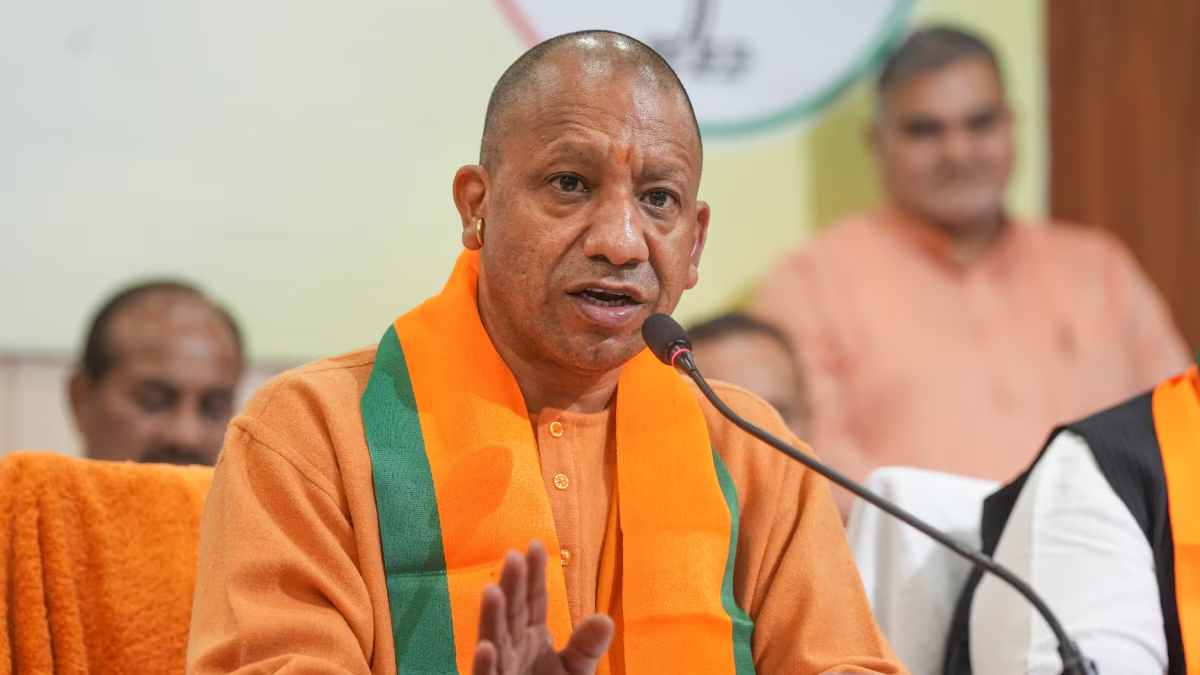




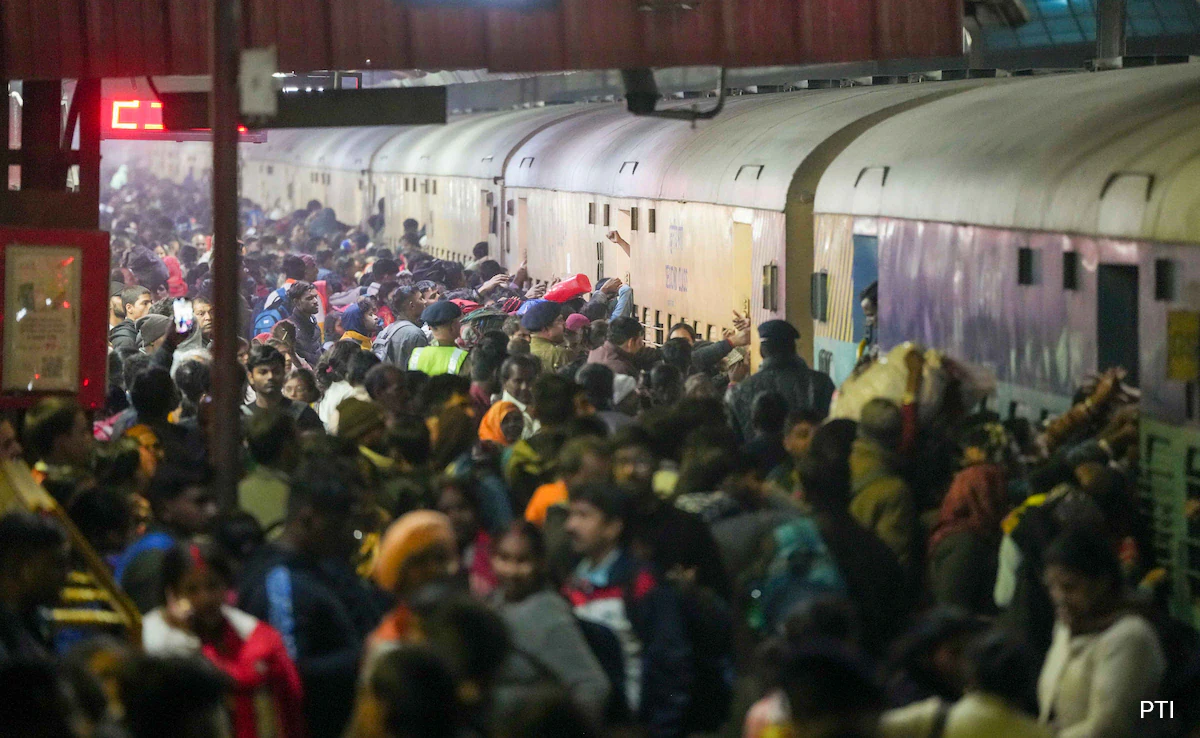
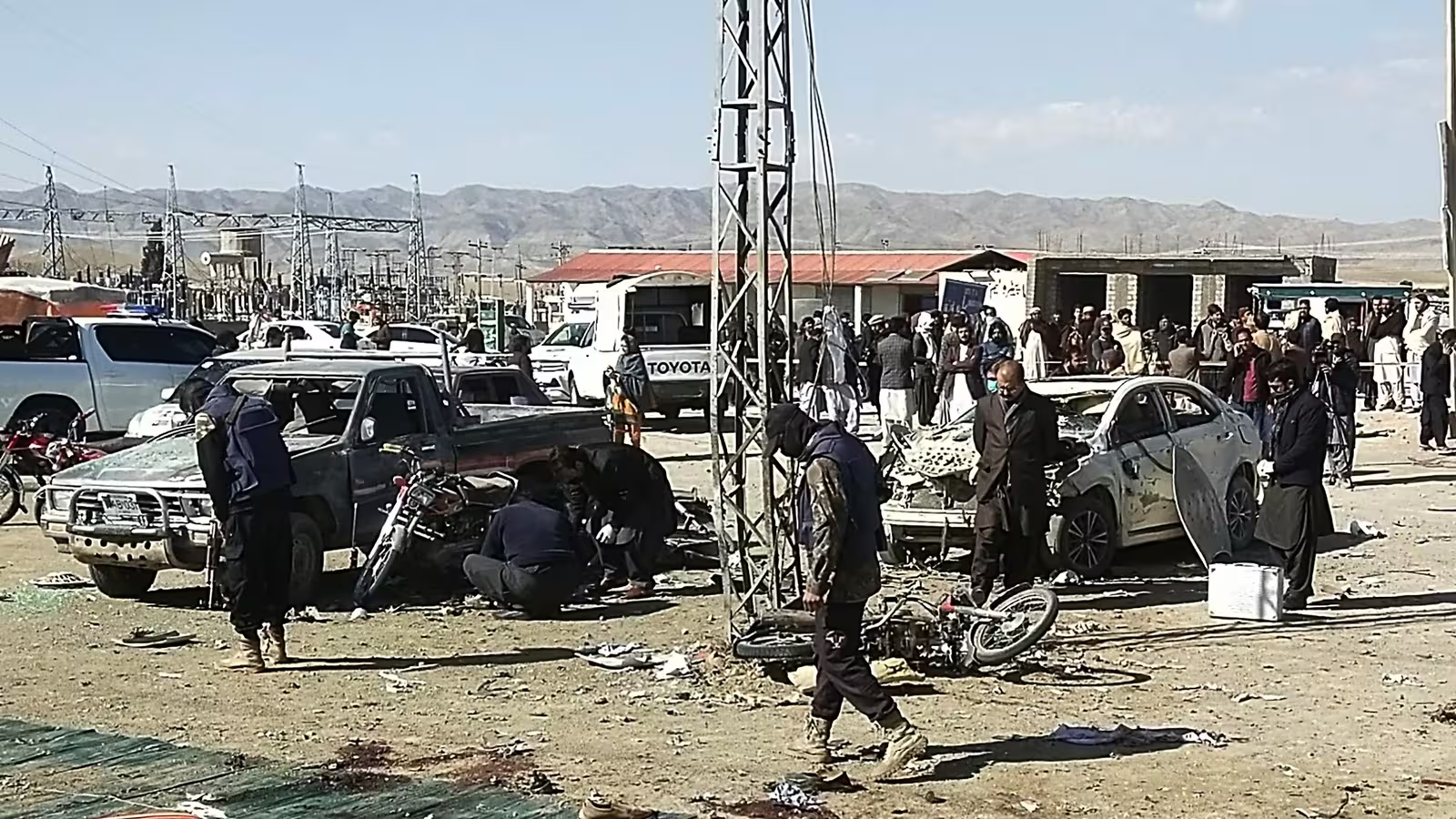



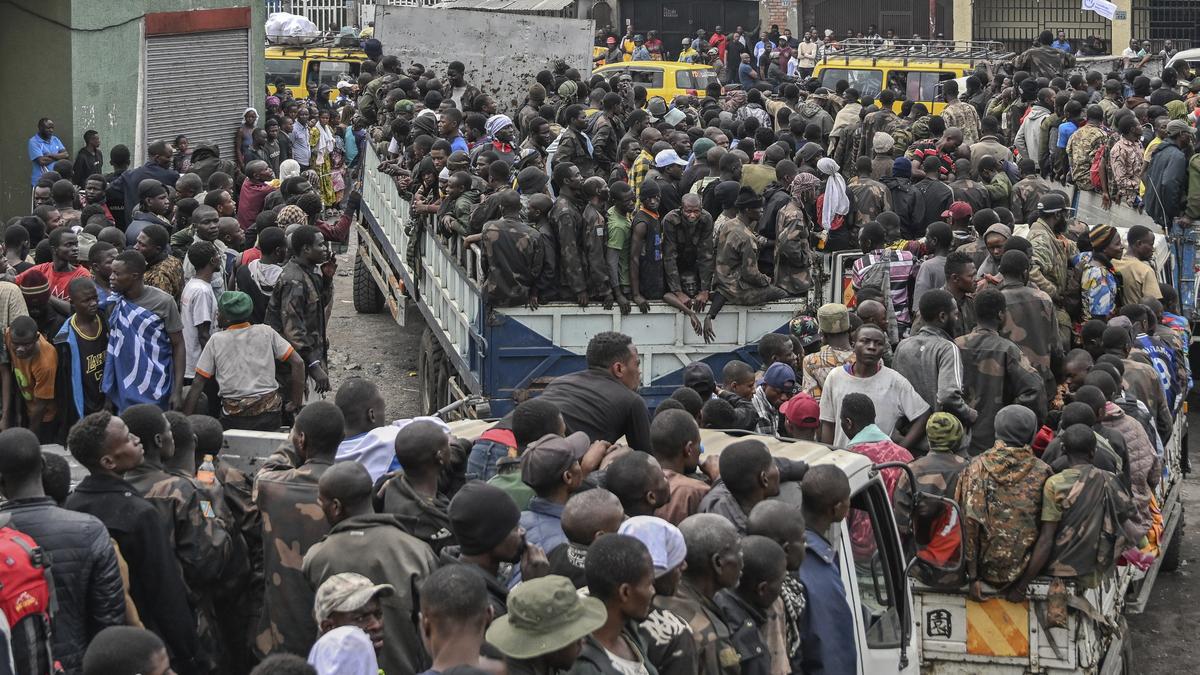
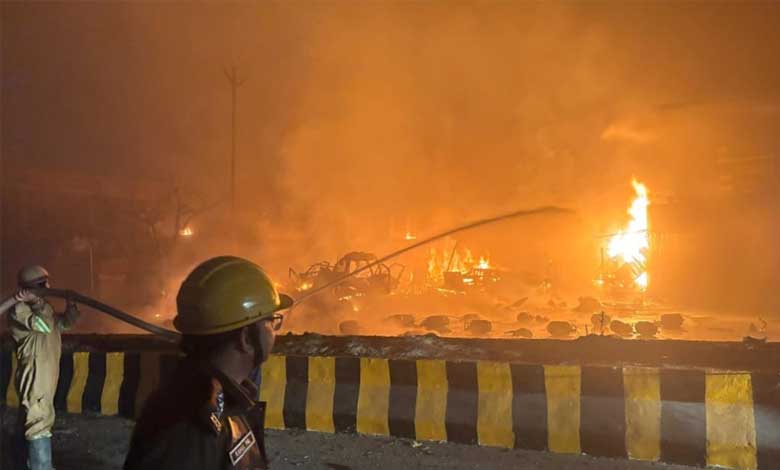




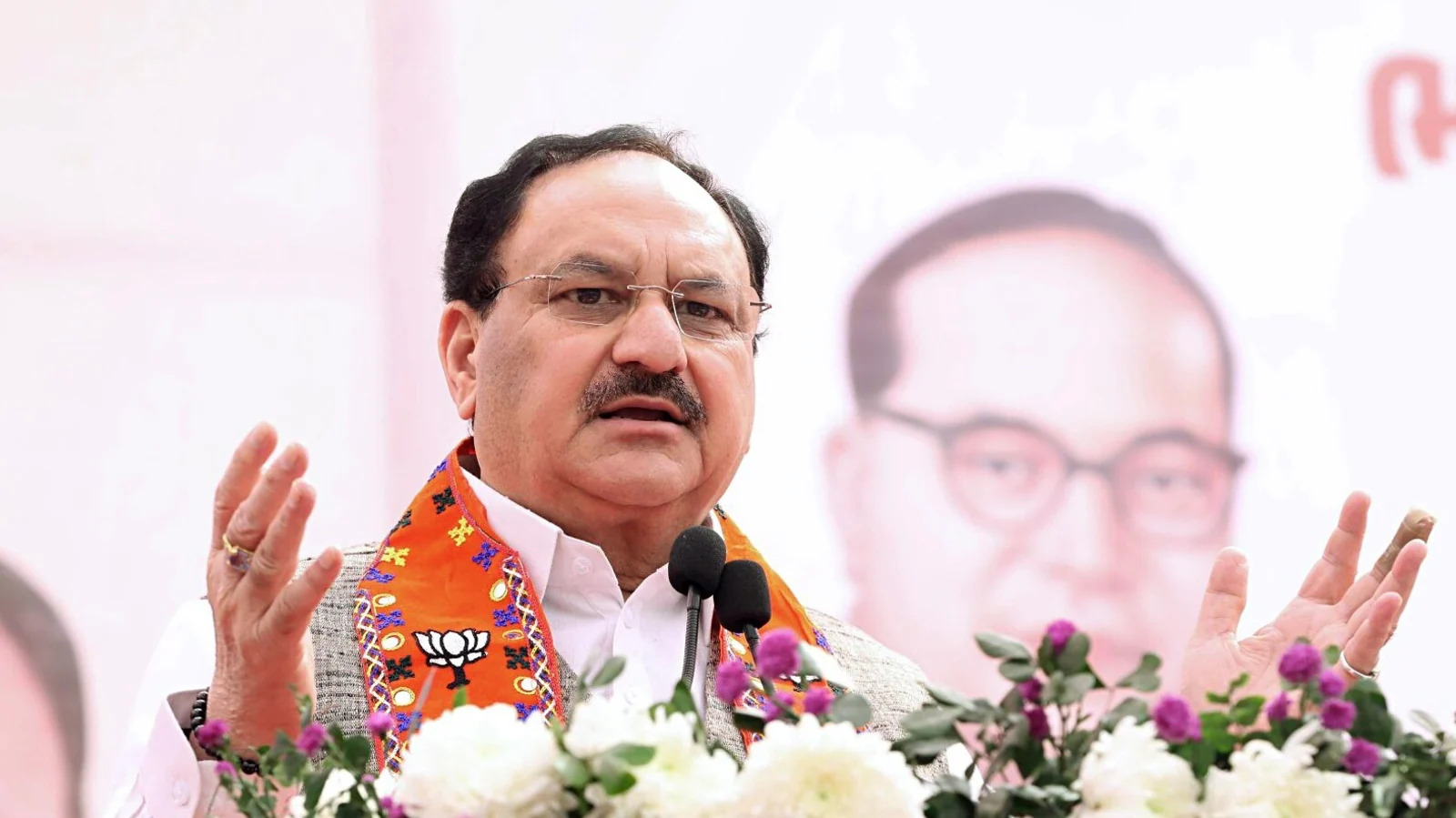



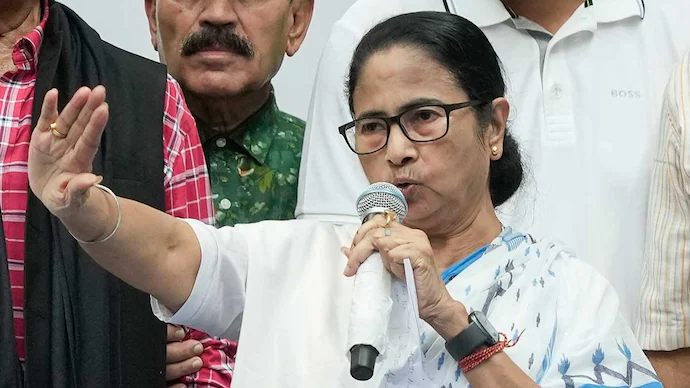



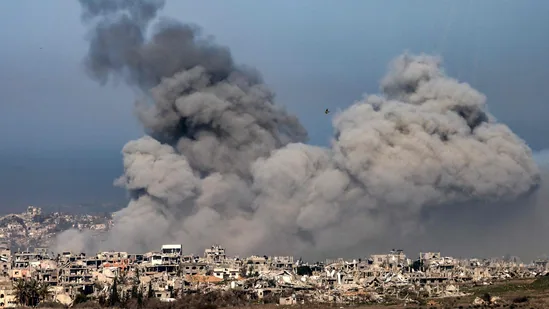
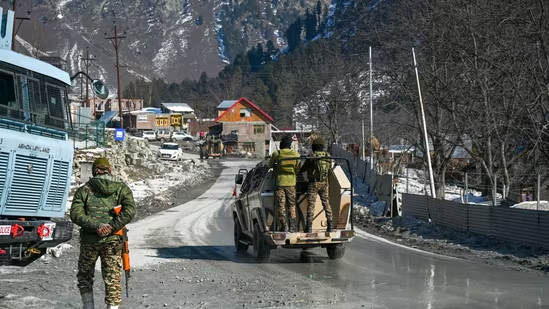

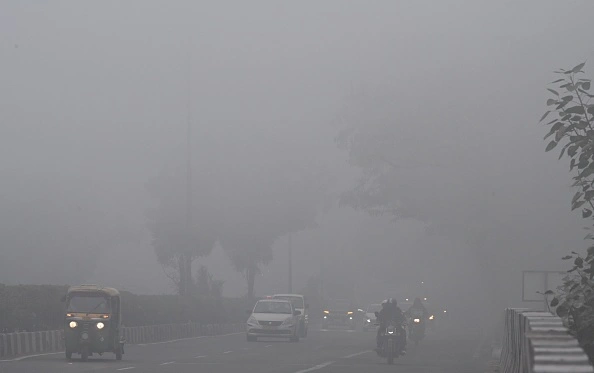

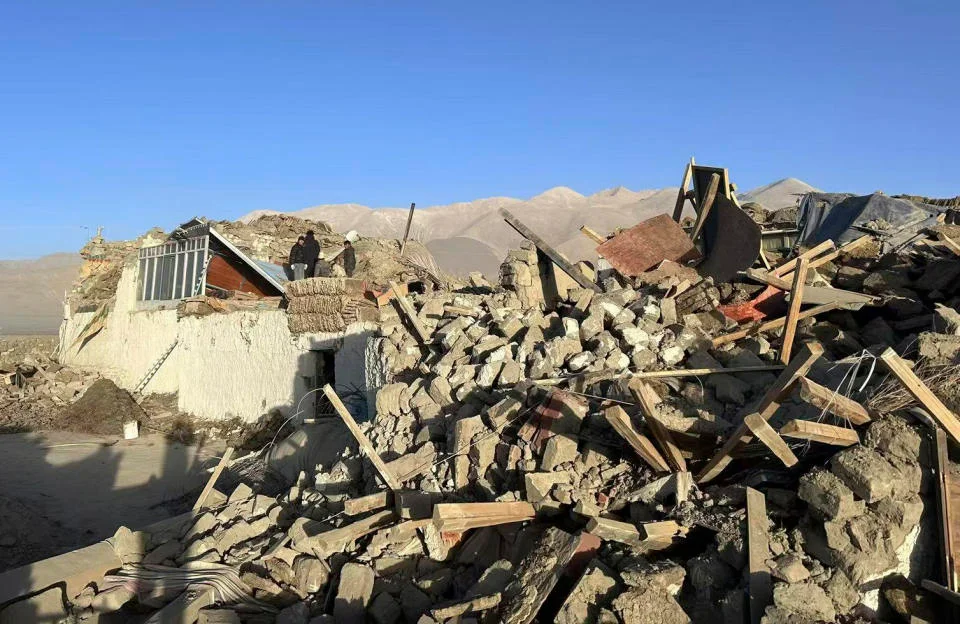



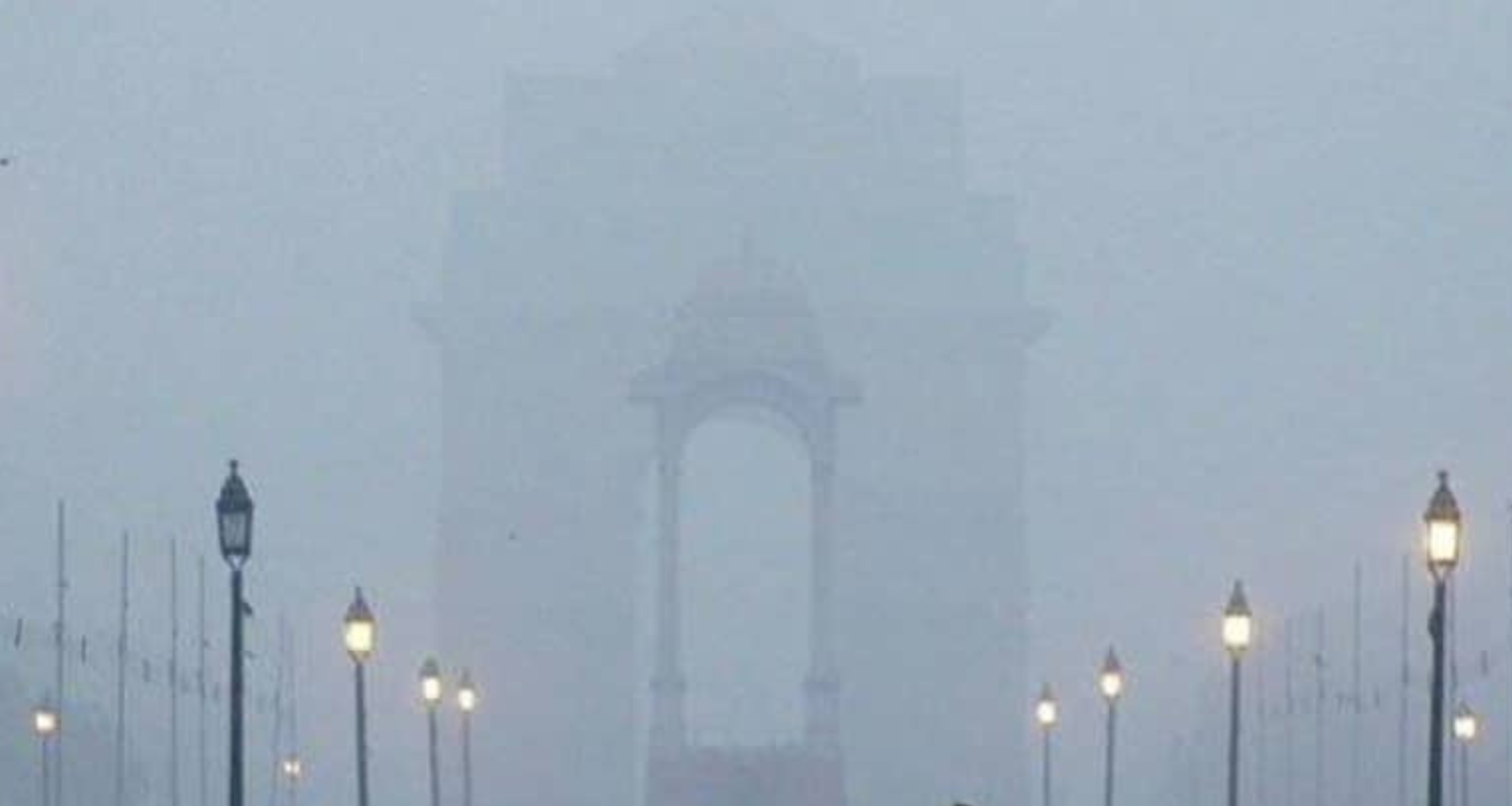
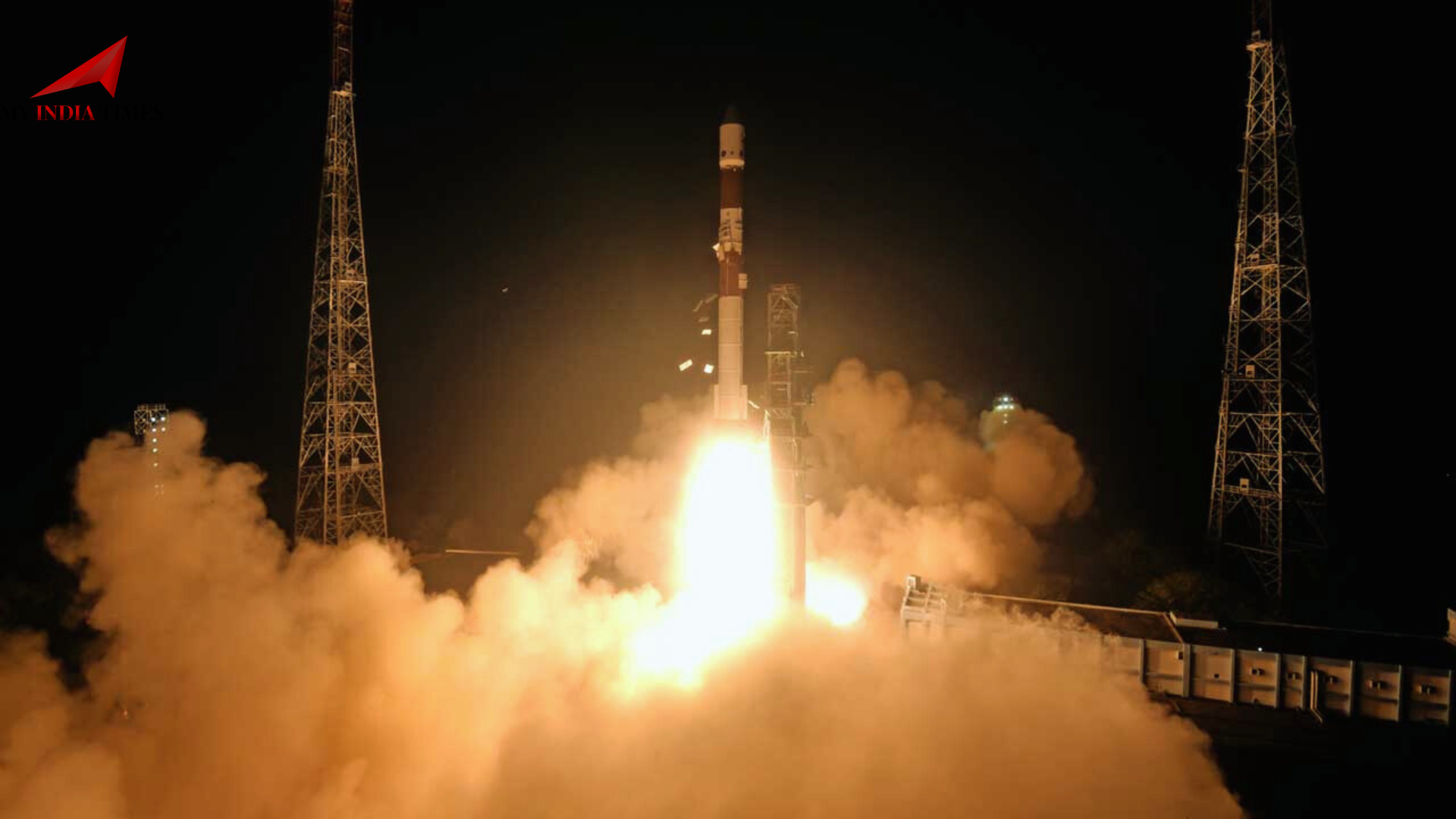
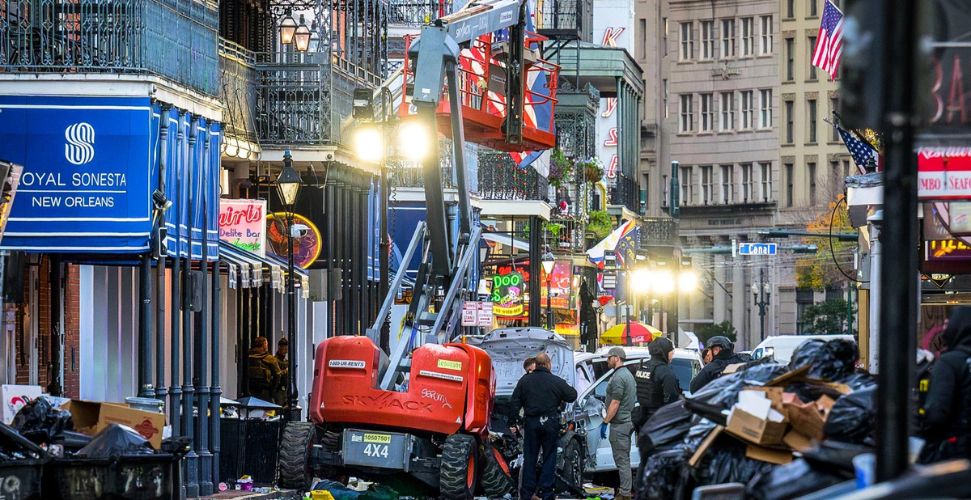


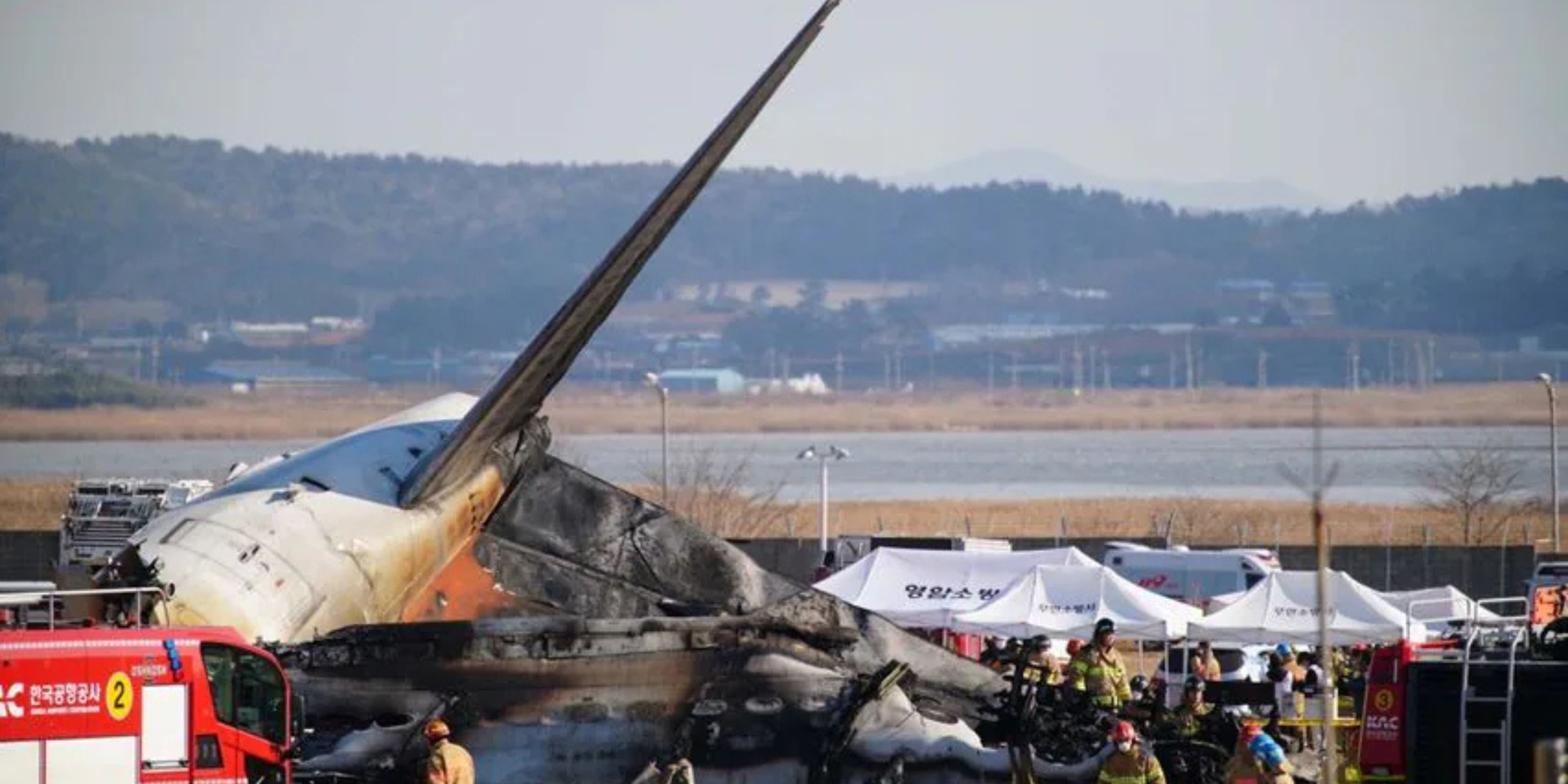
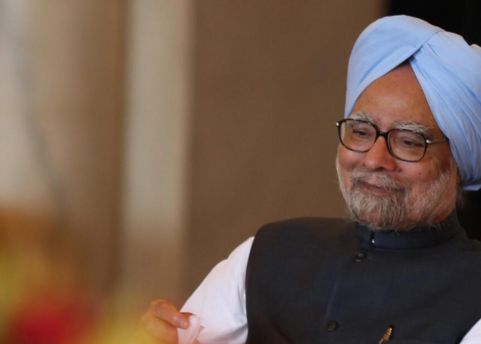

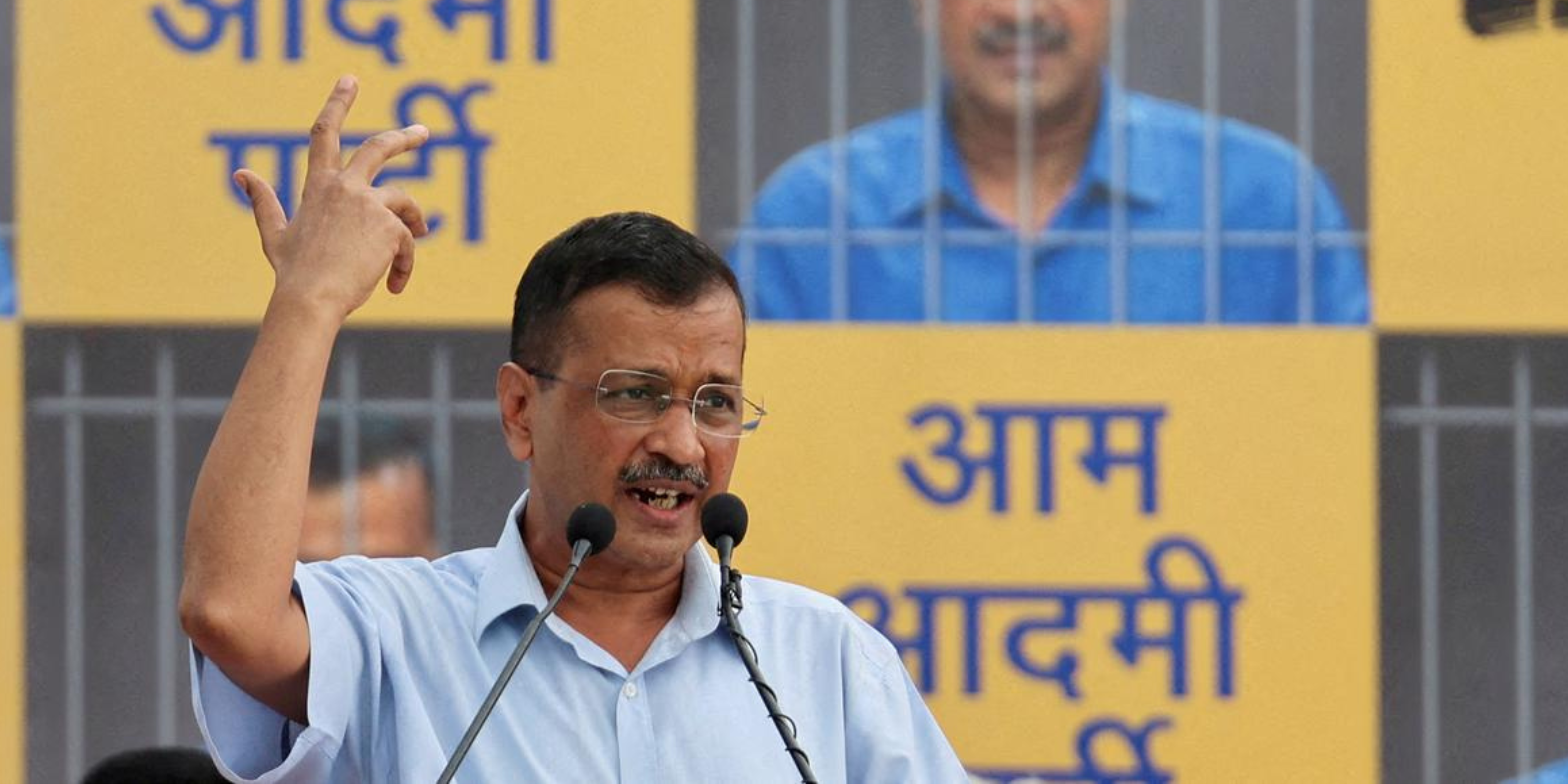

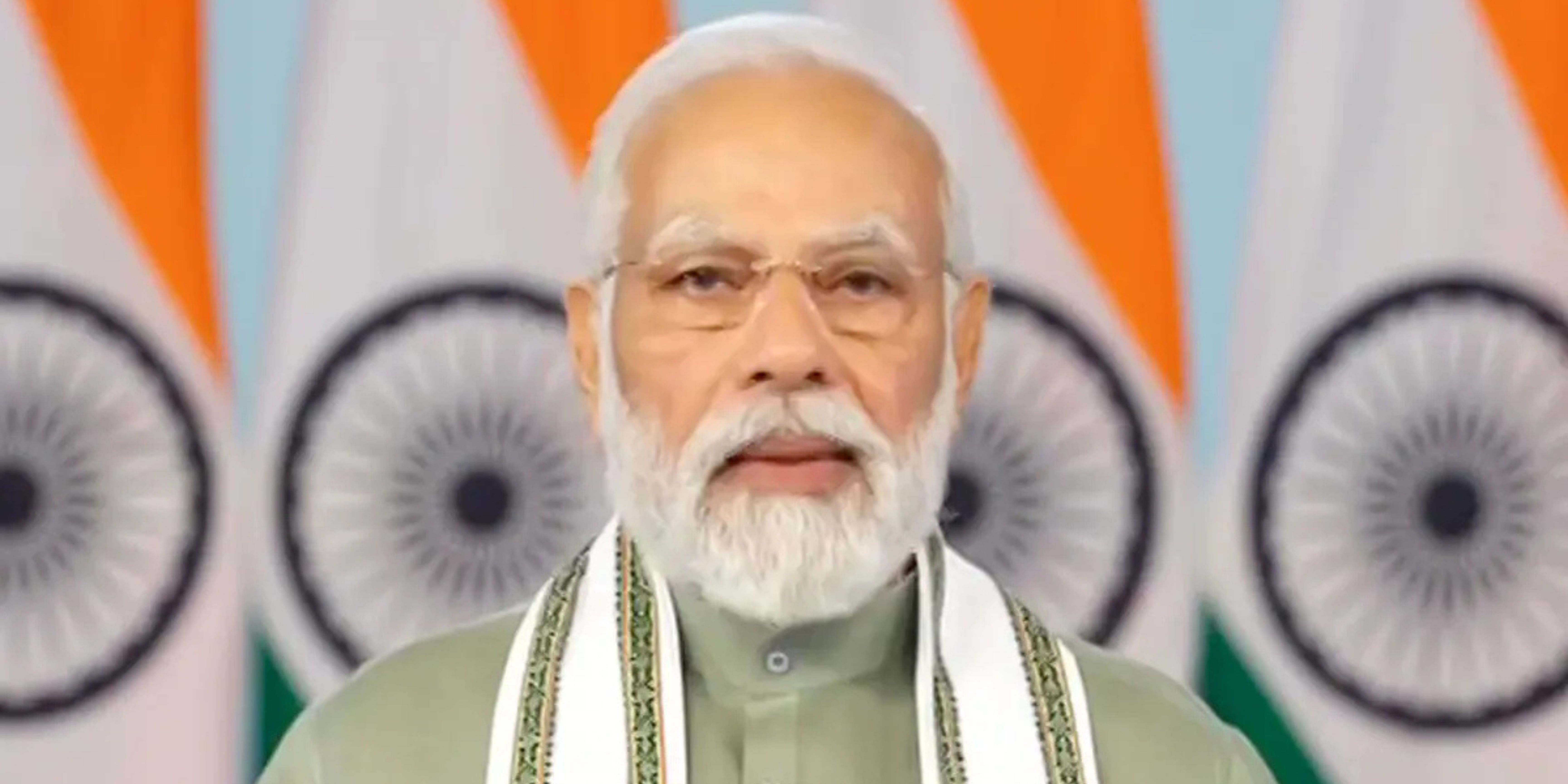





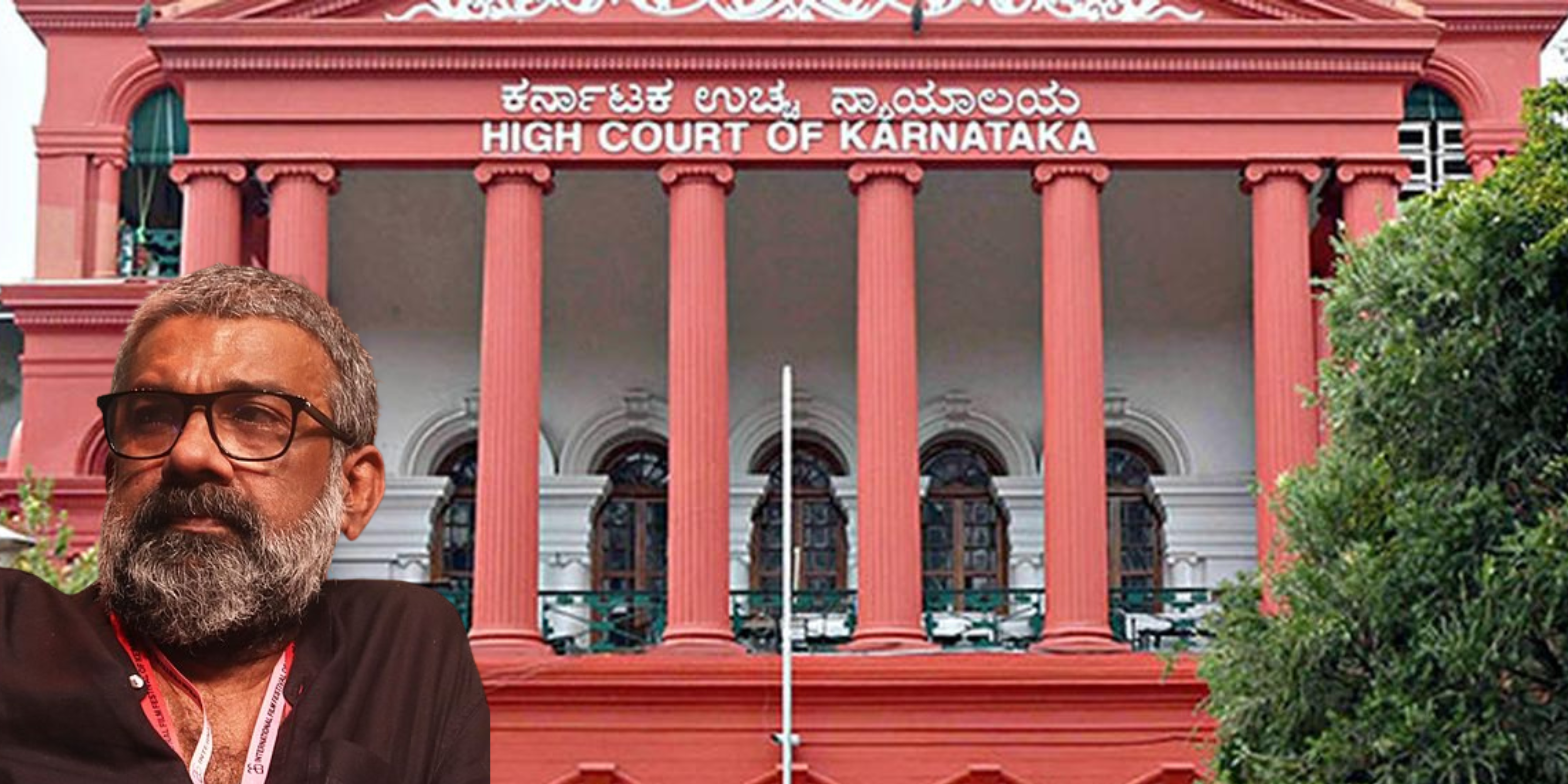
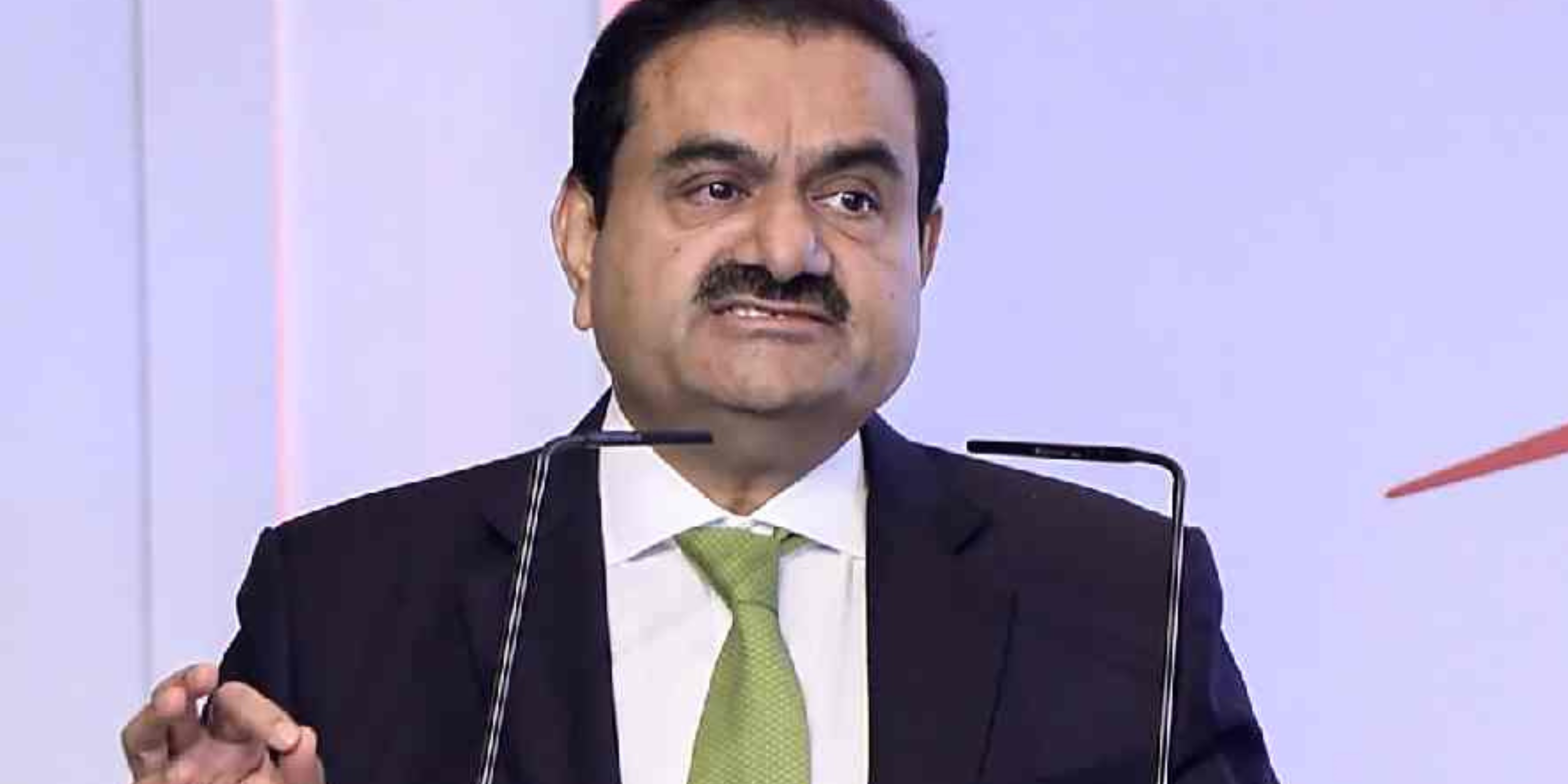
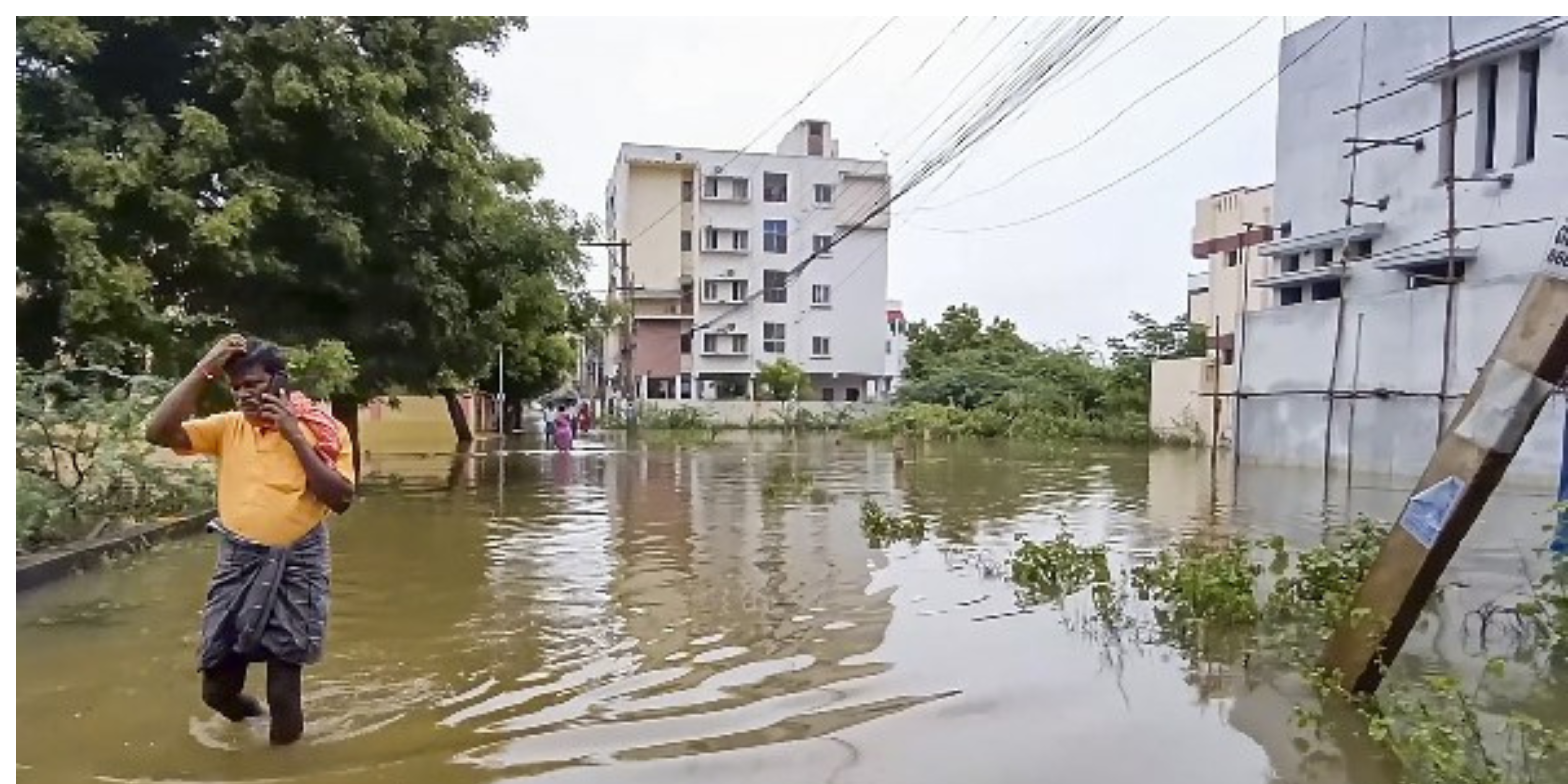
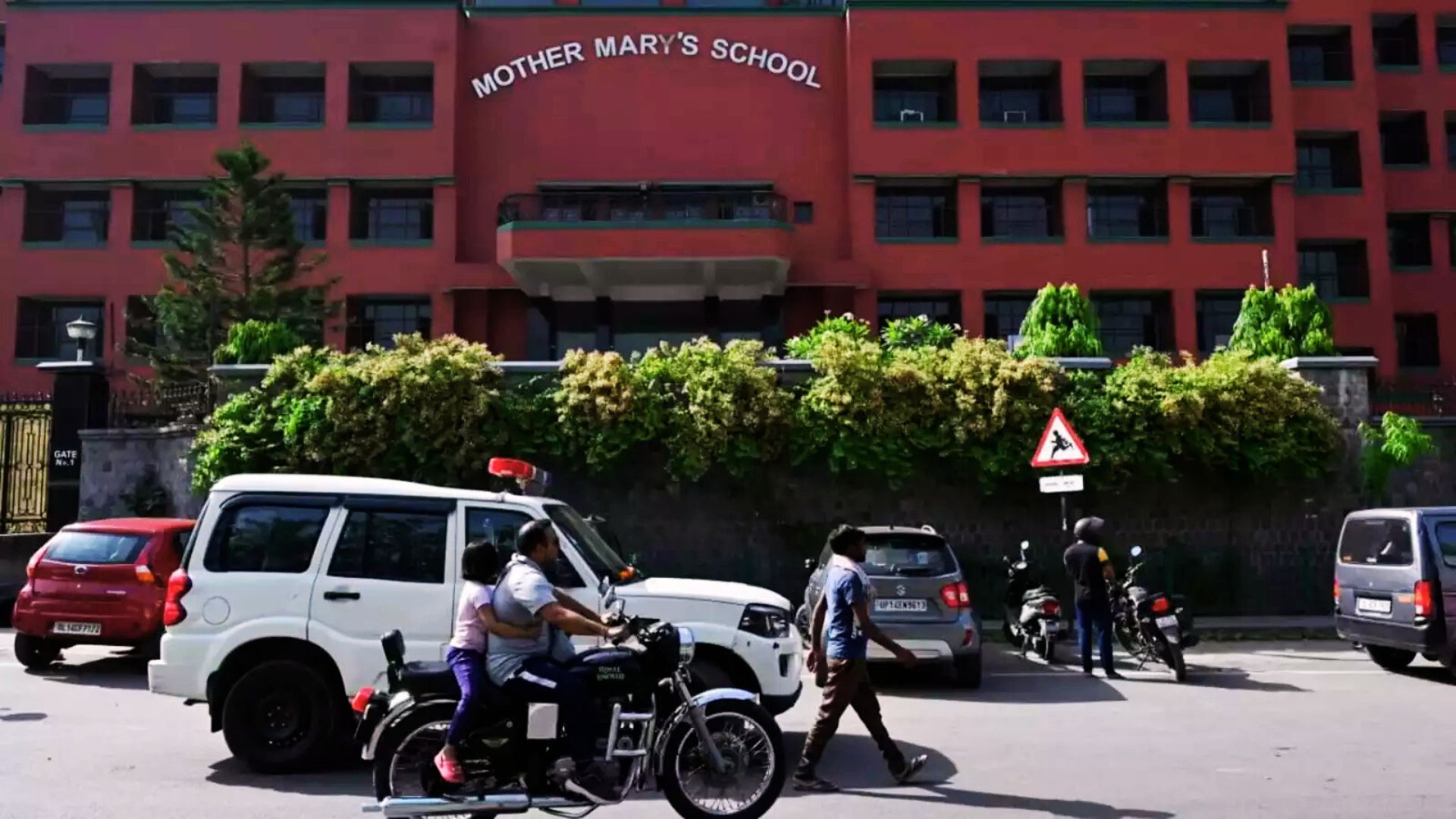

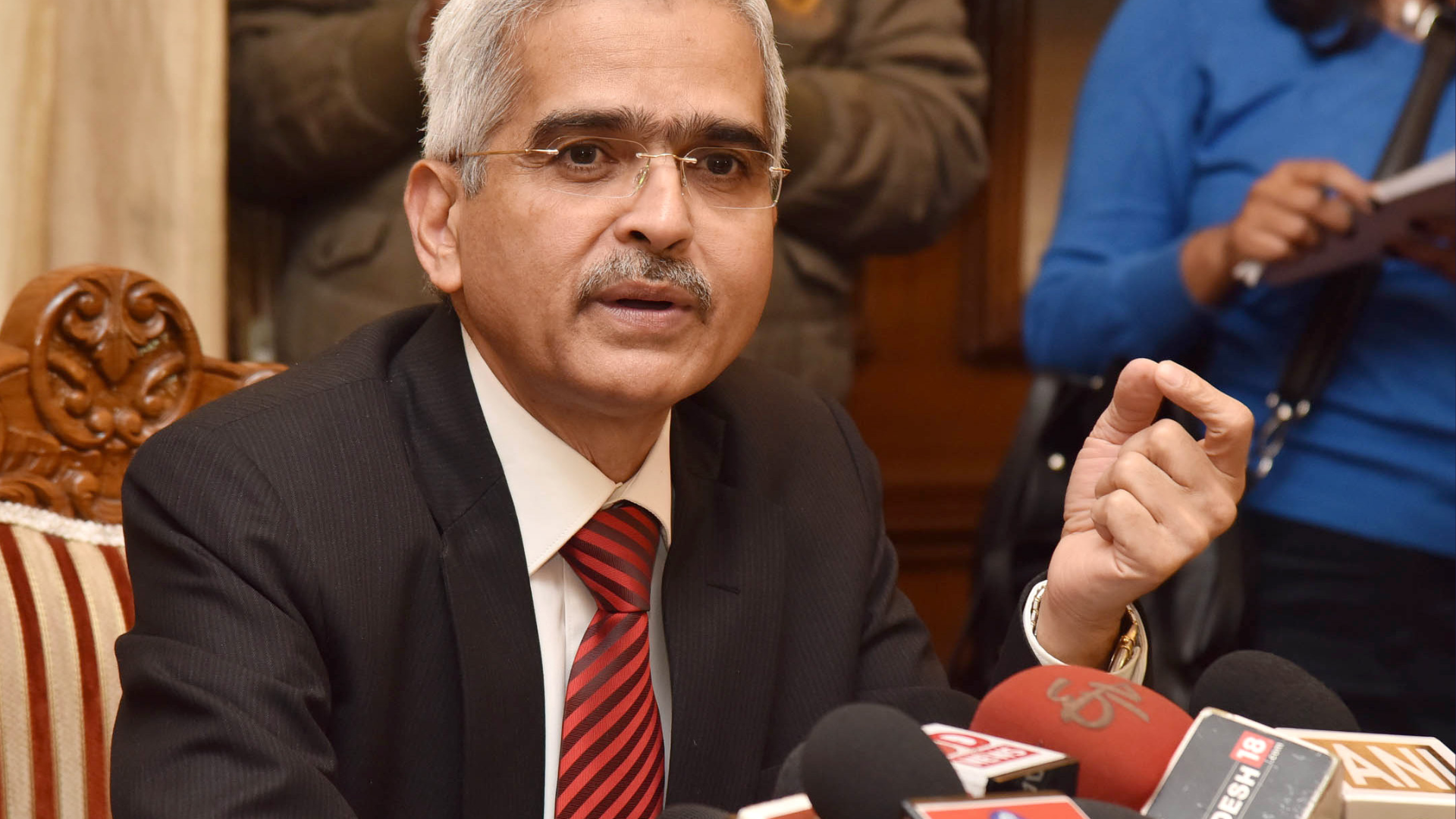



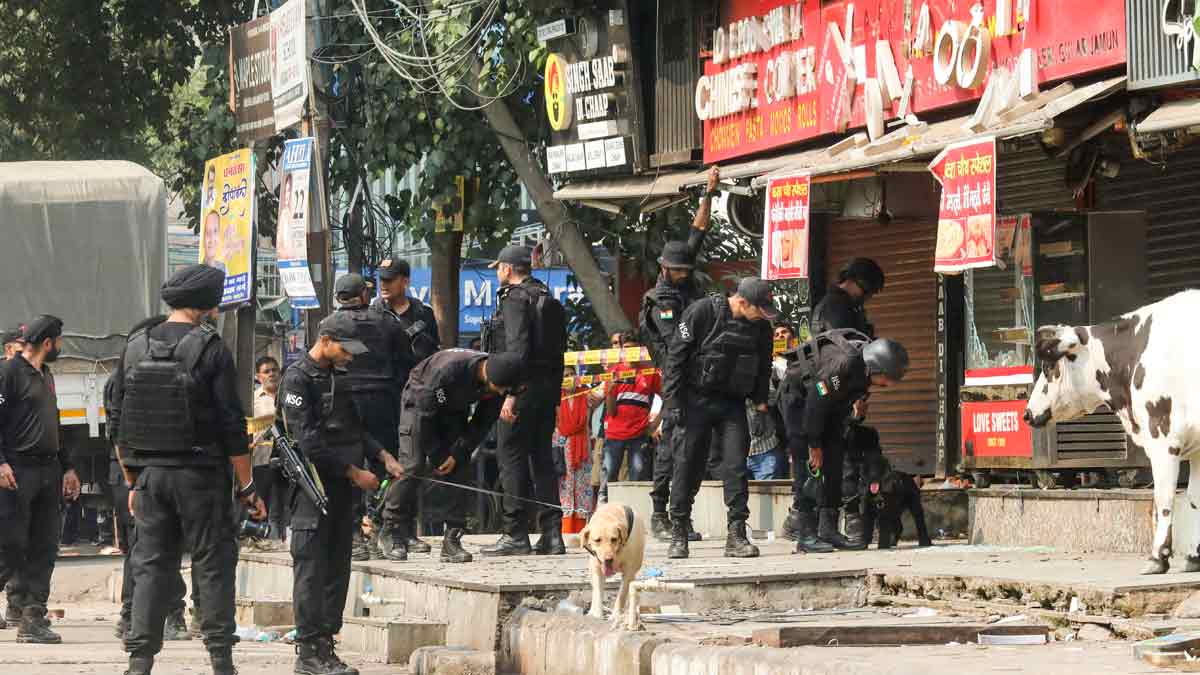


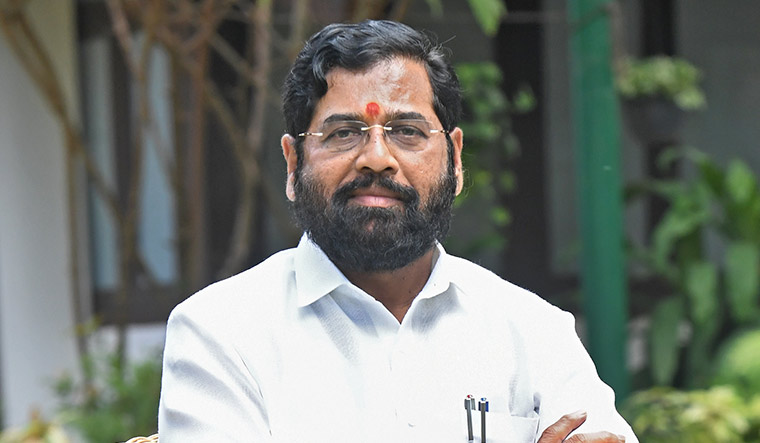
.png)
 (1).png)


